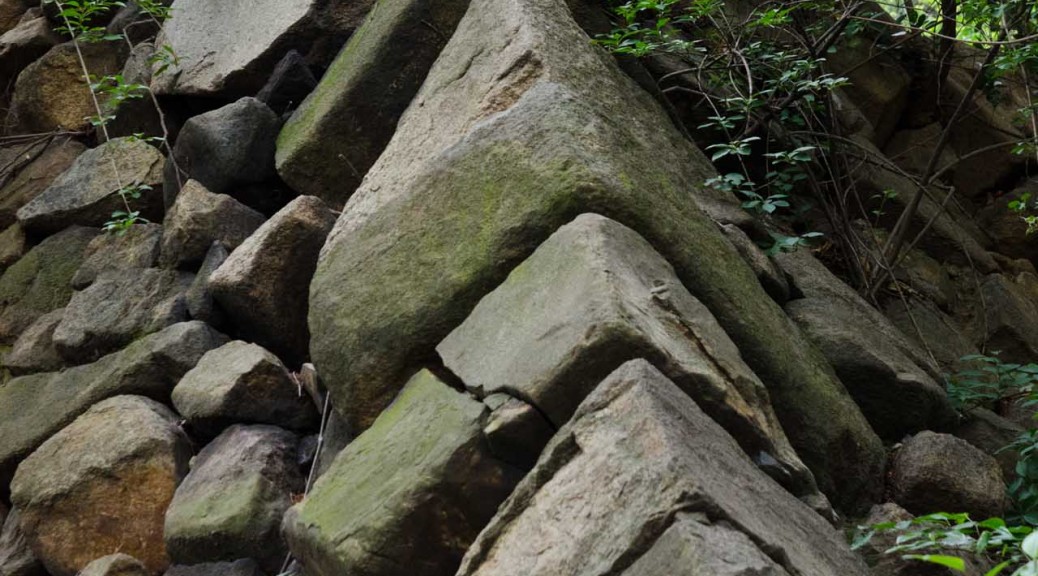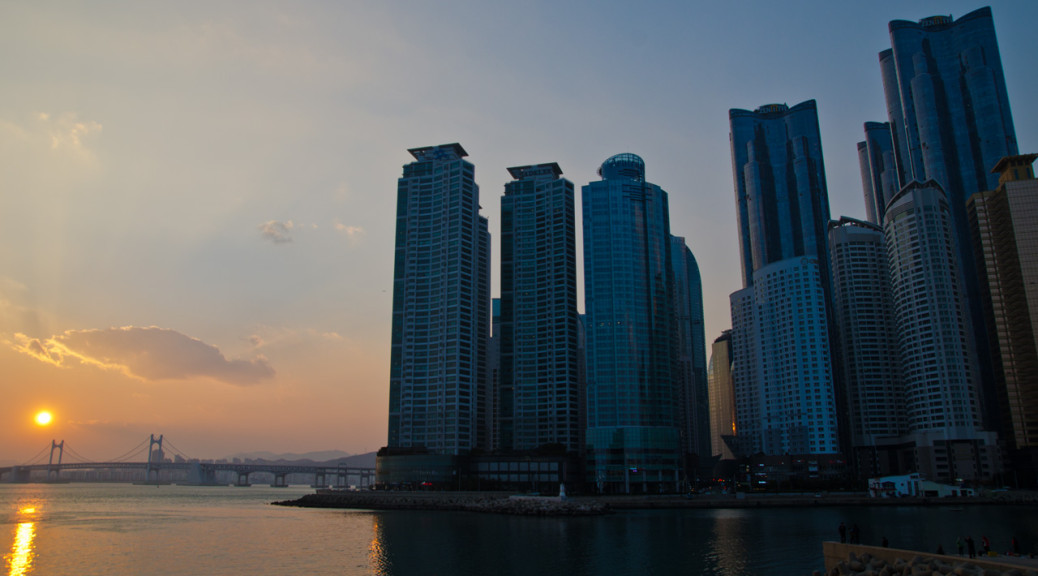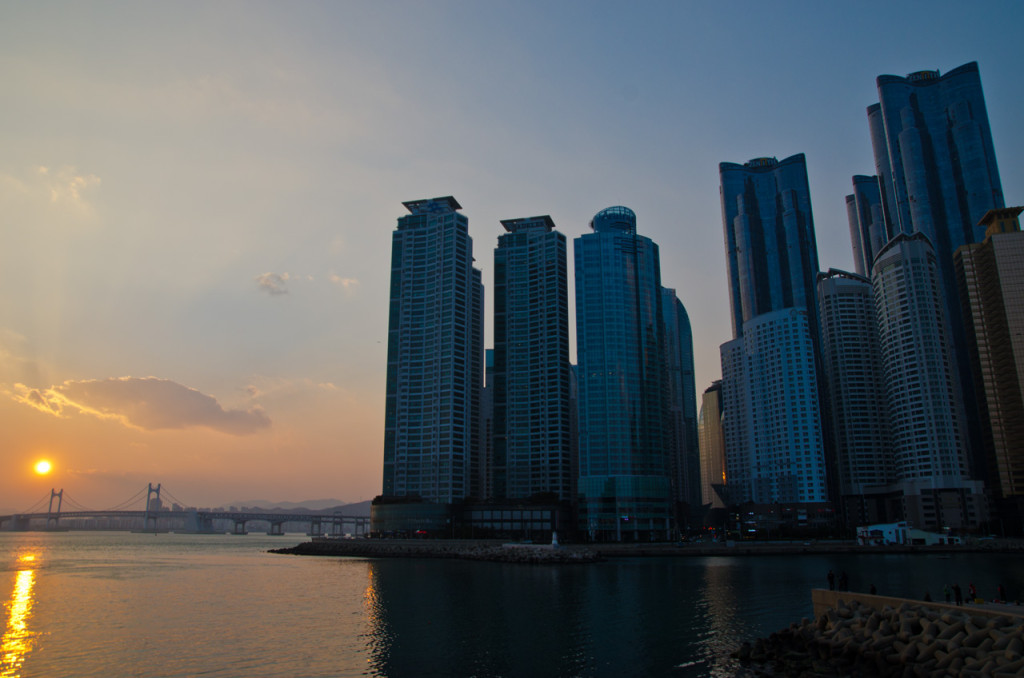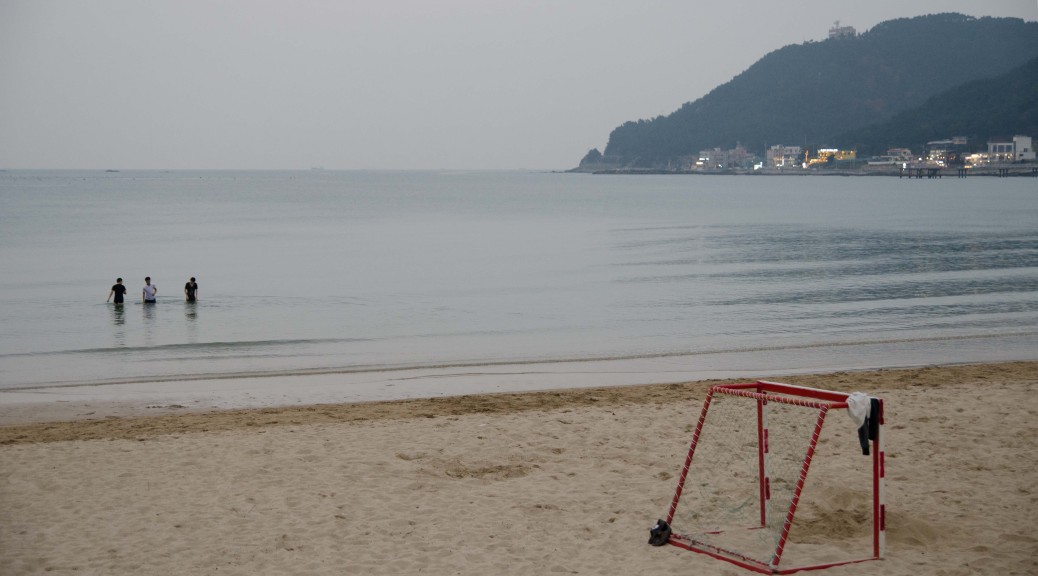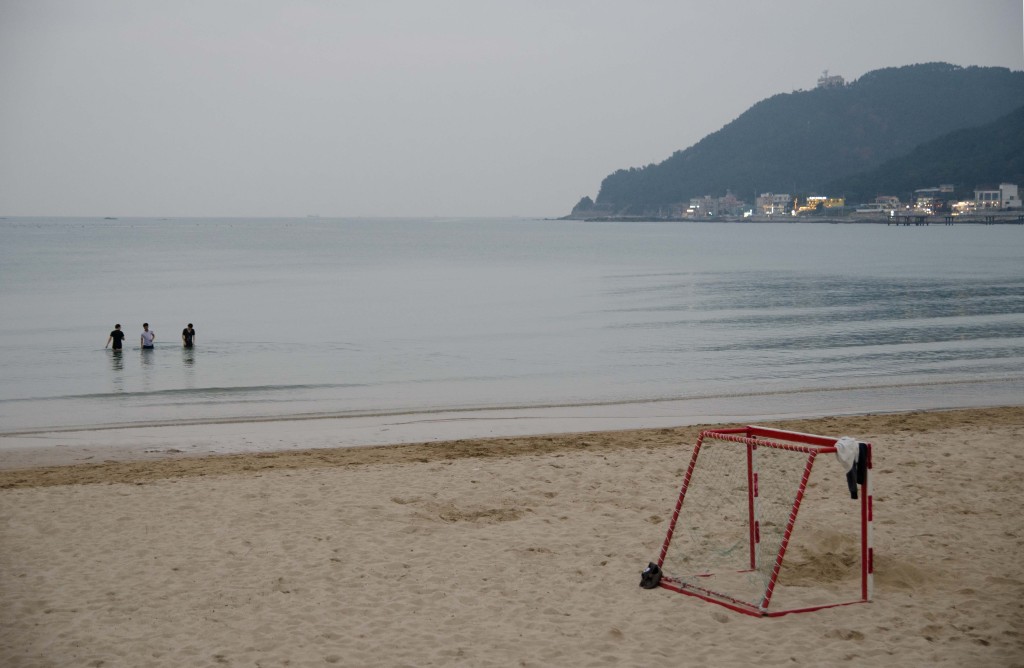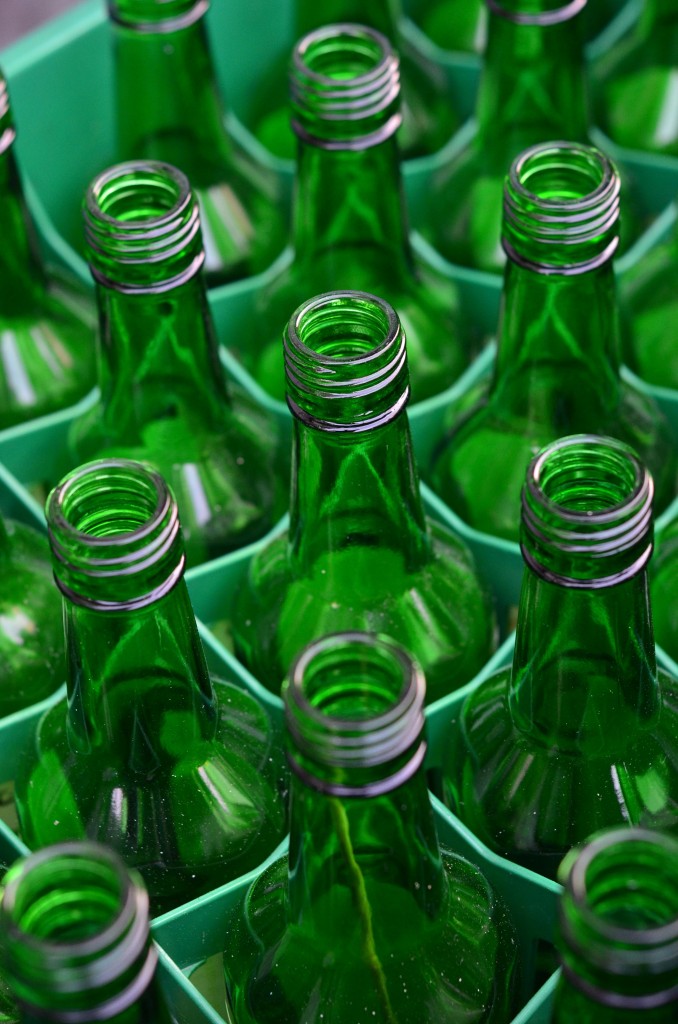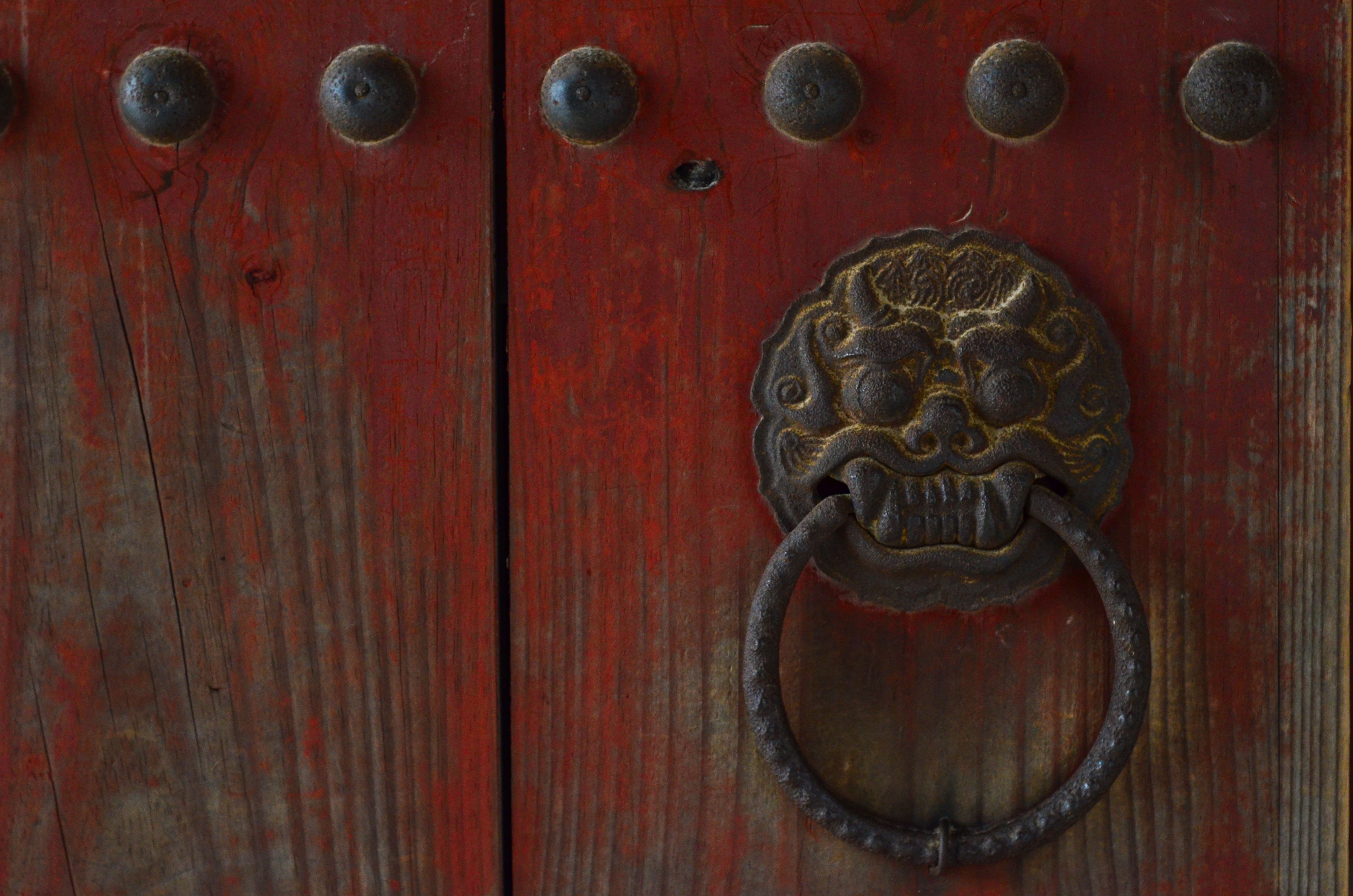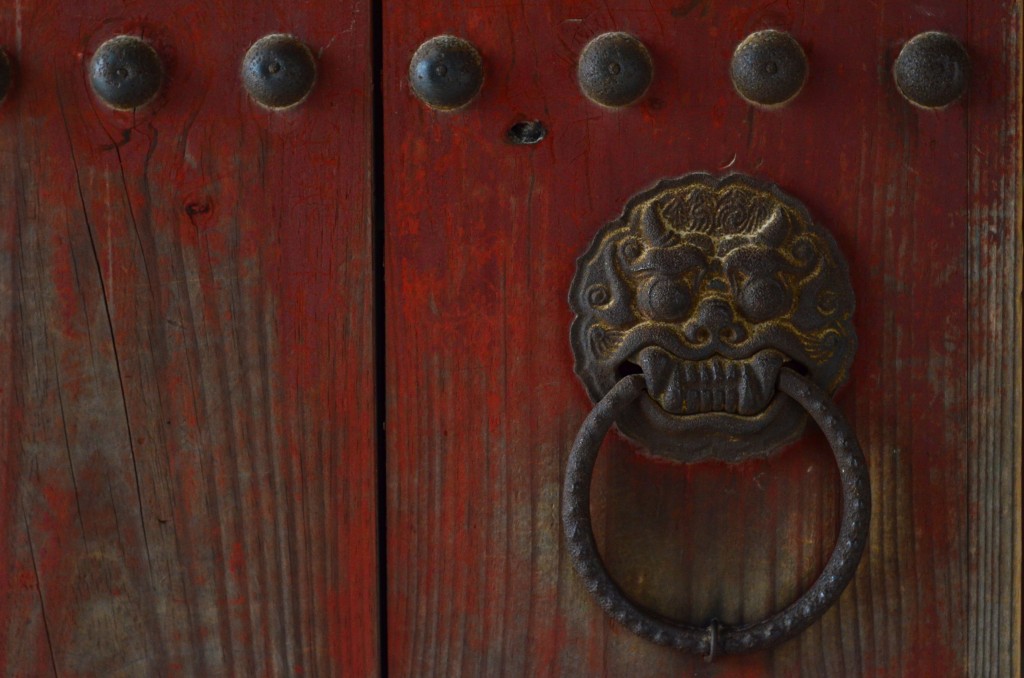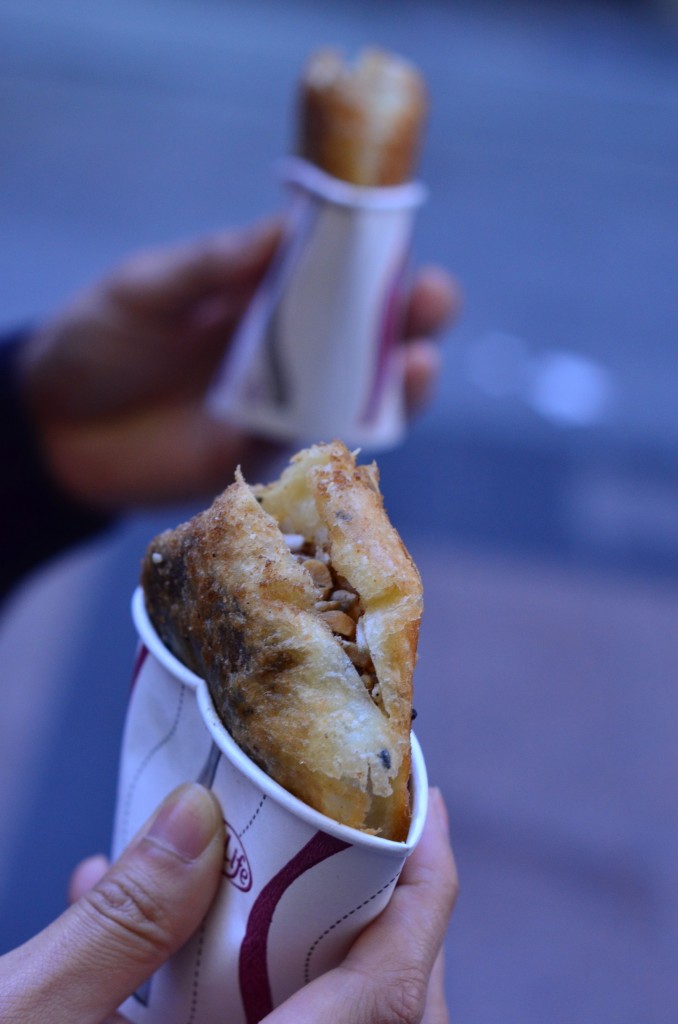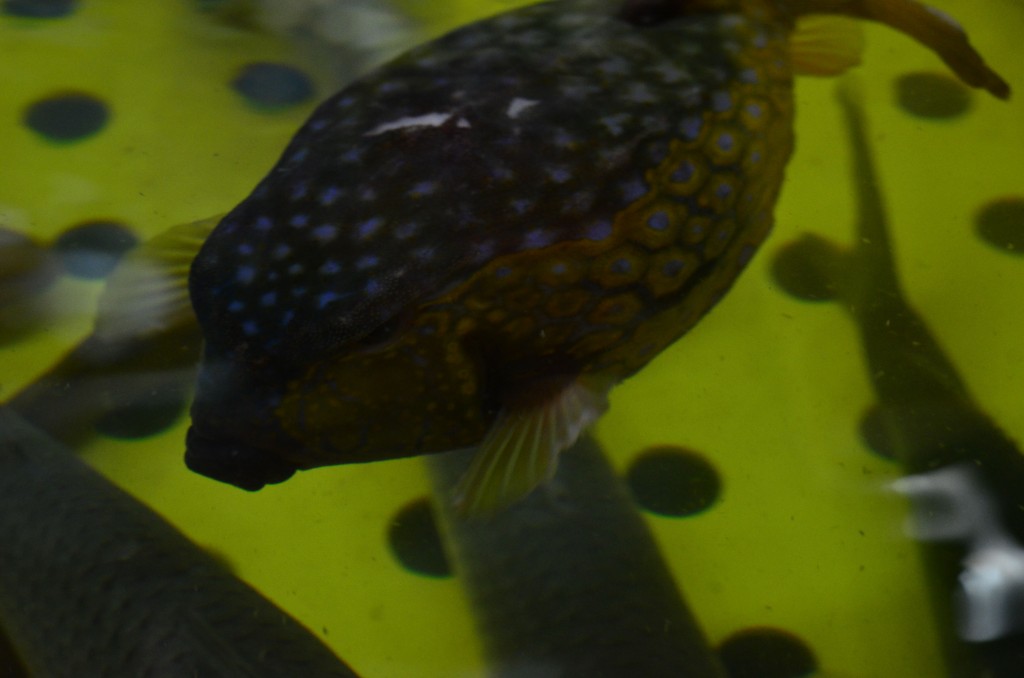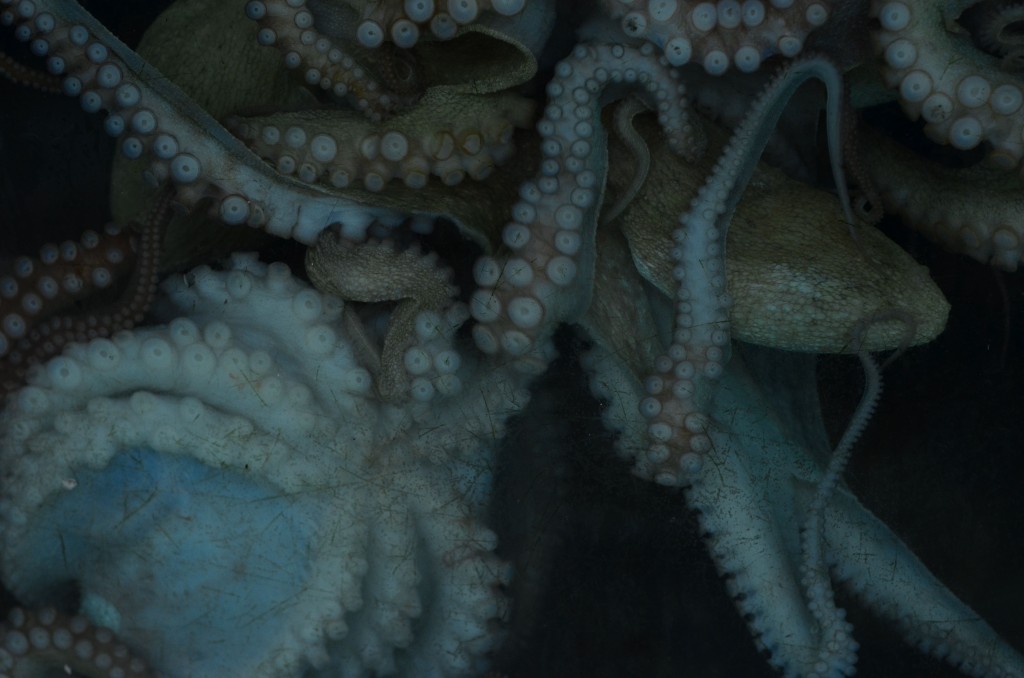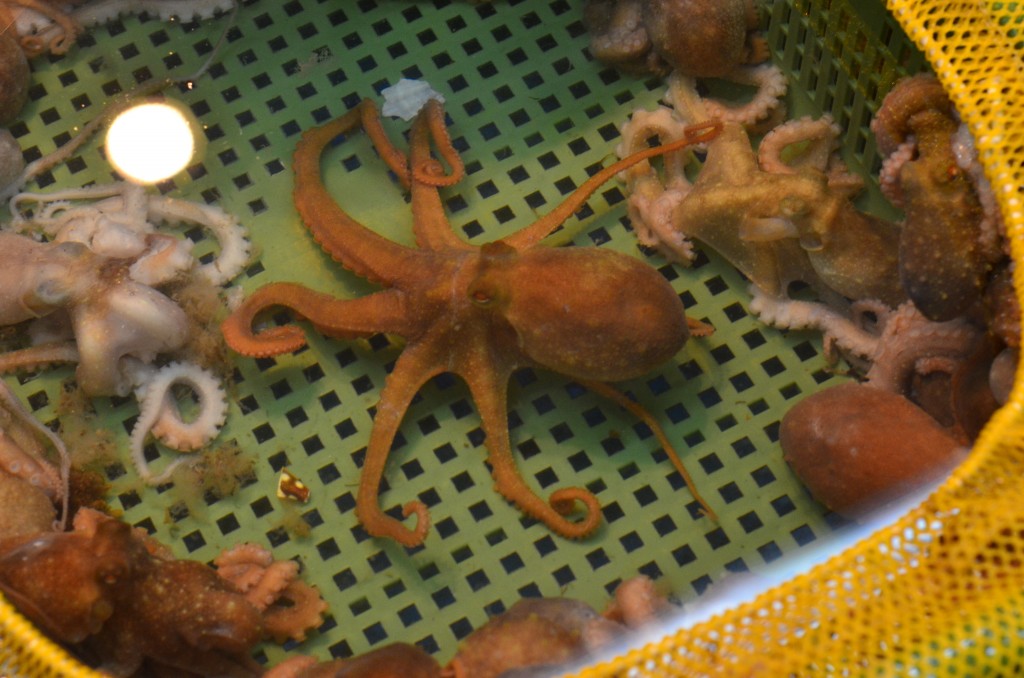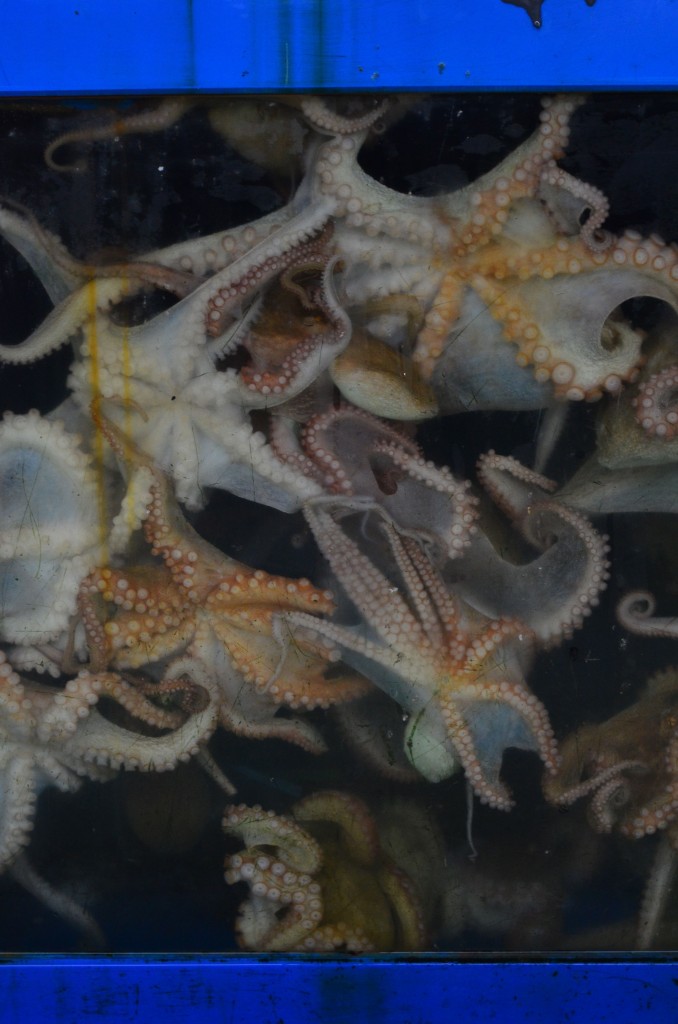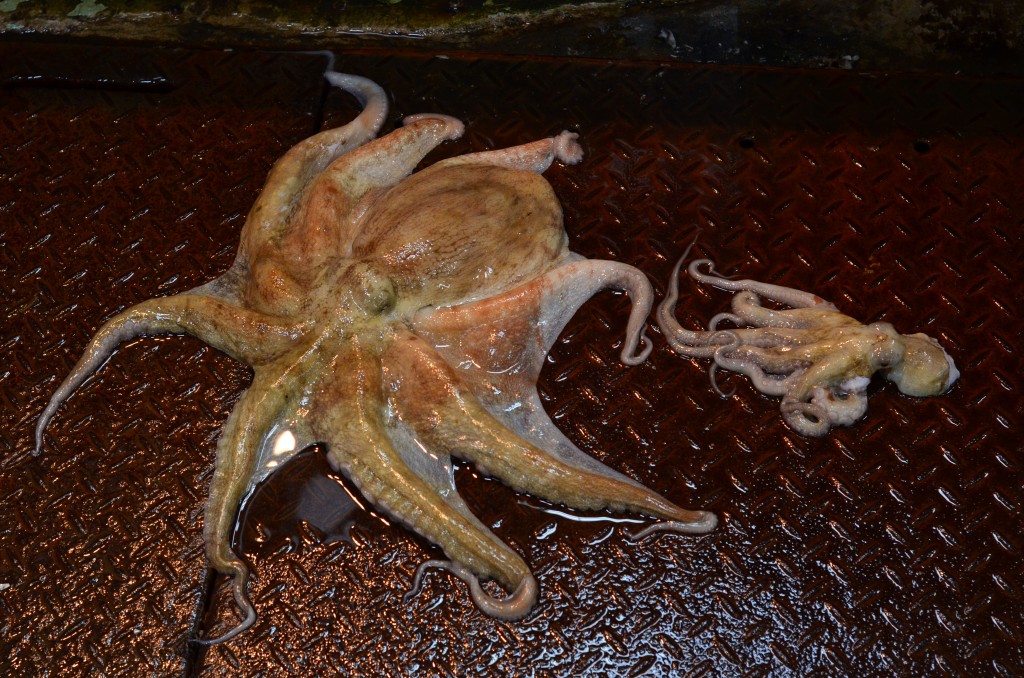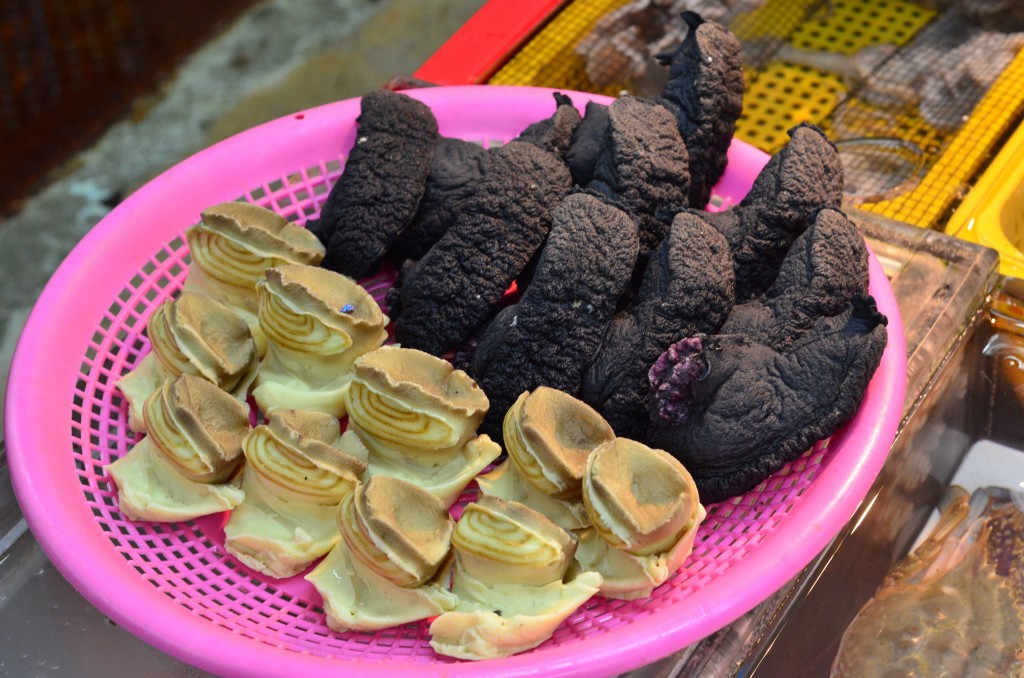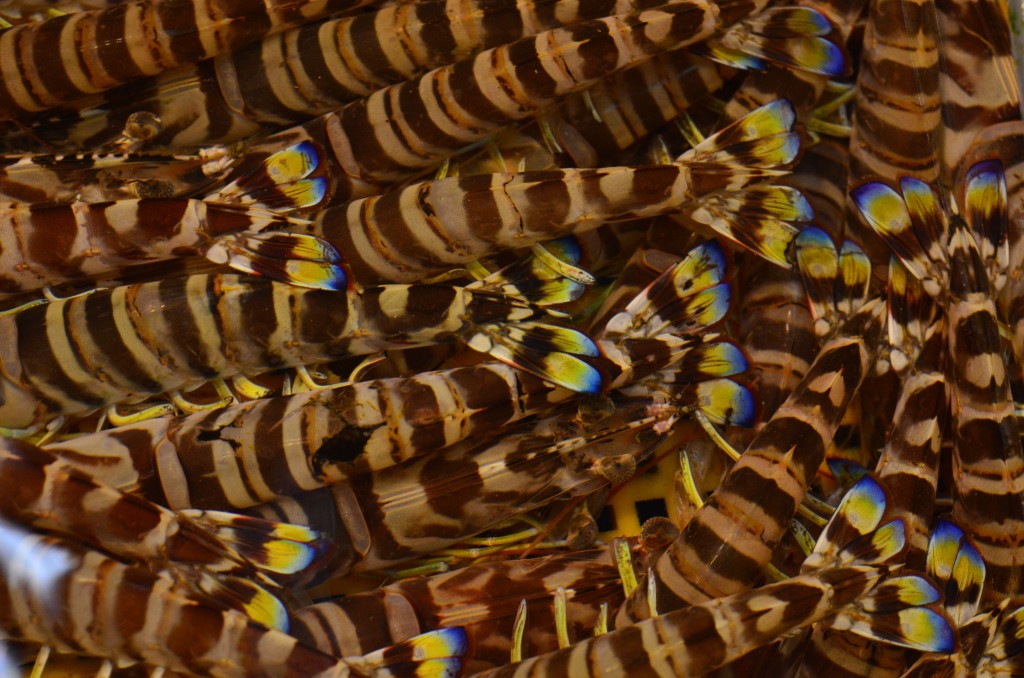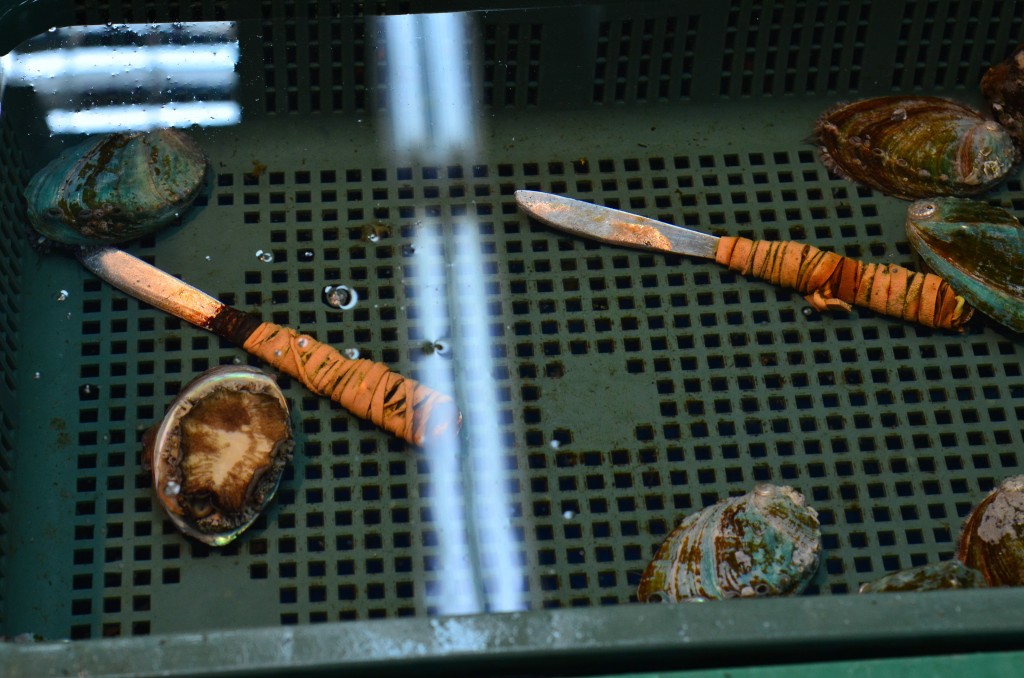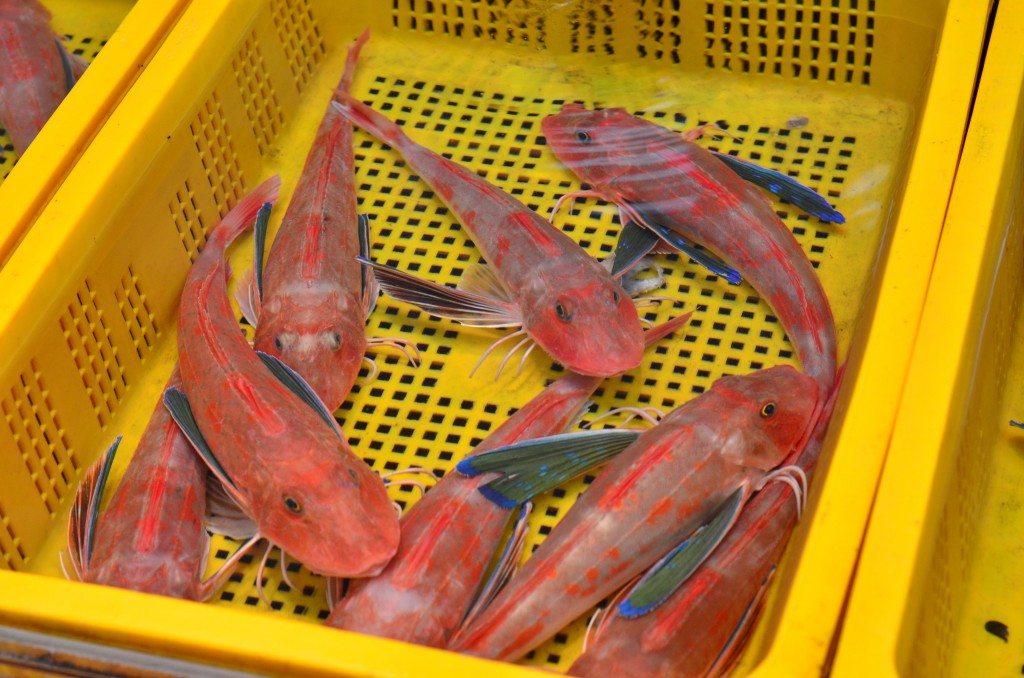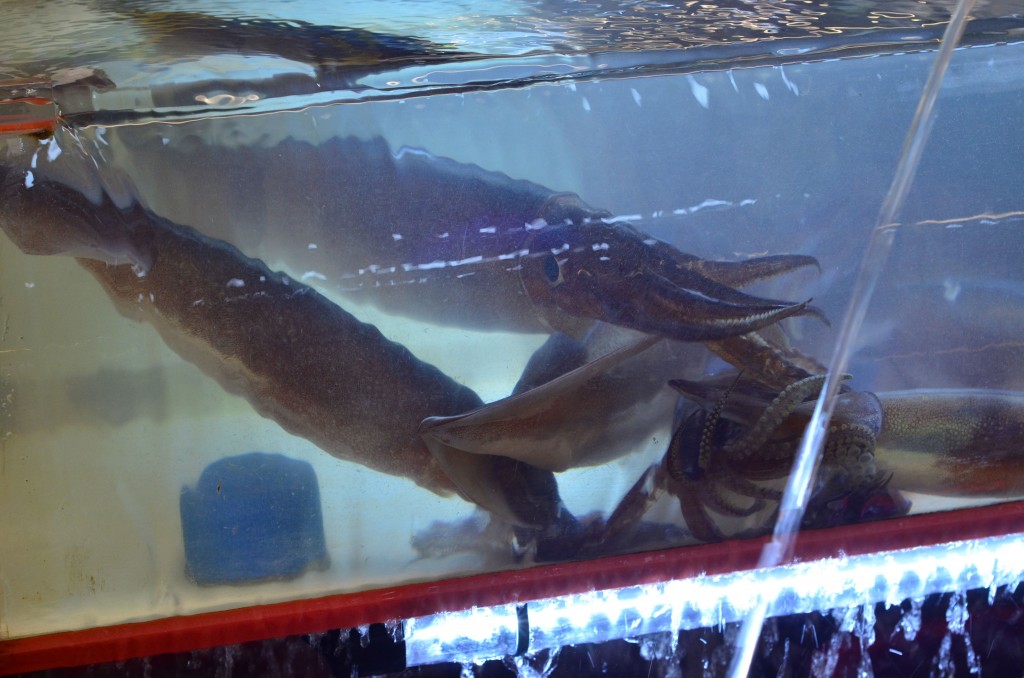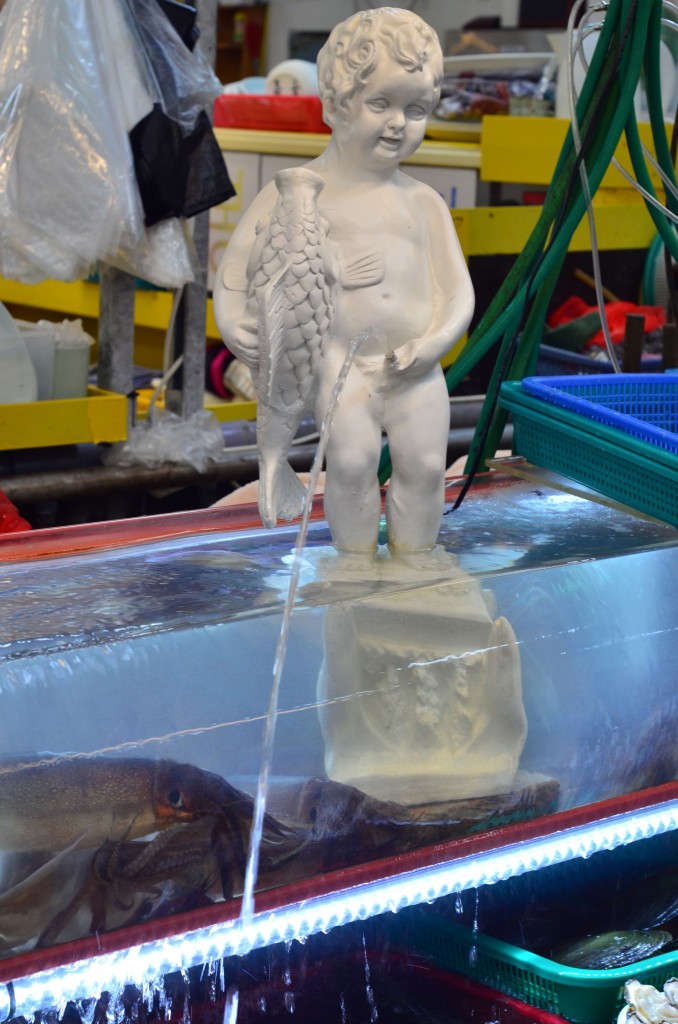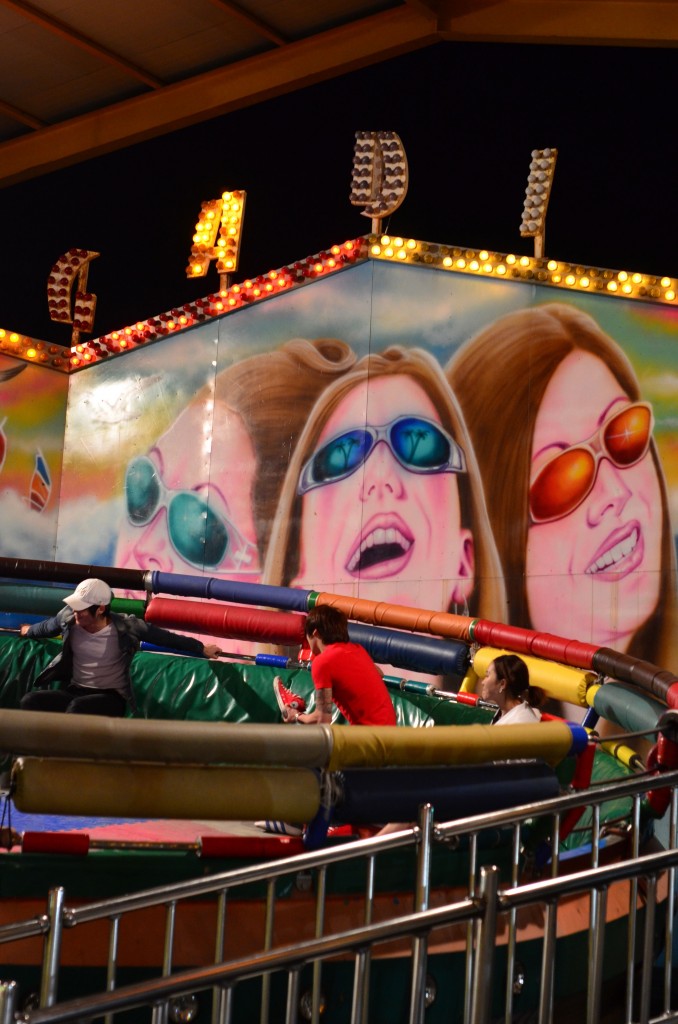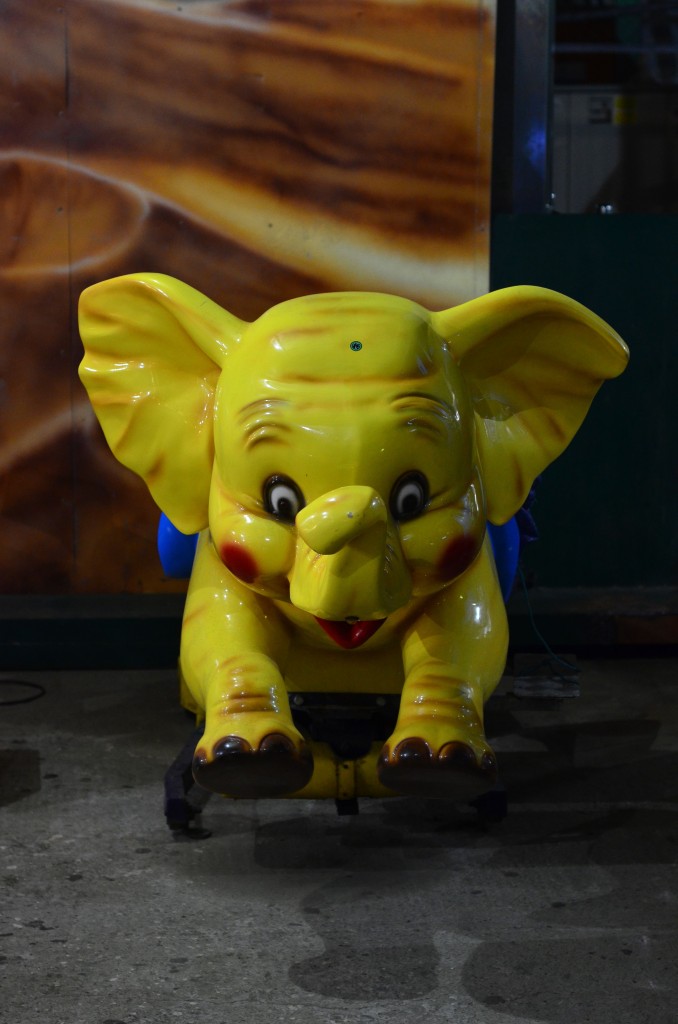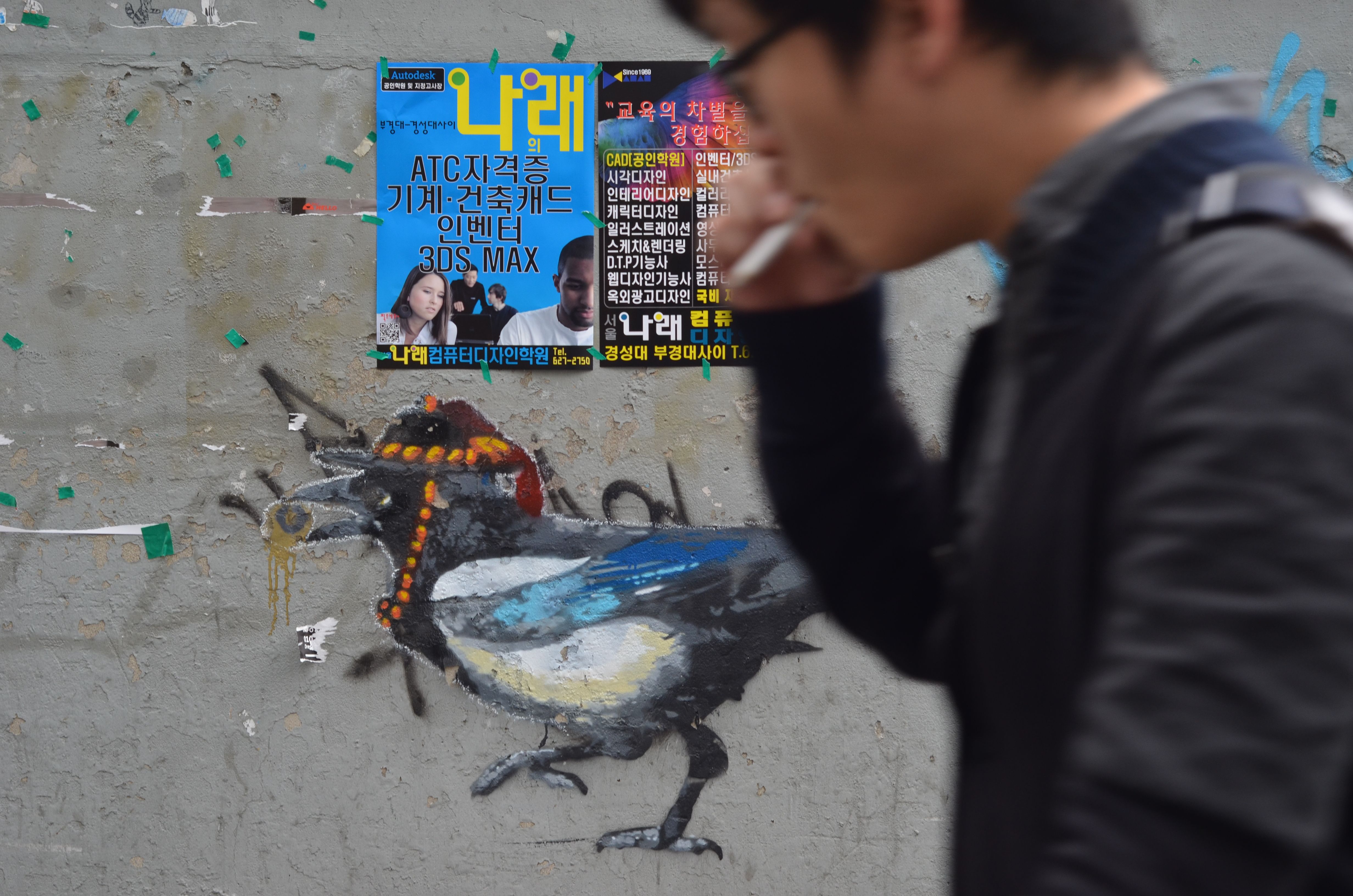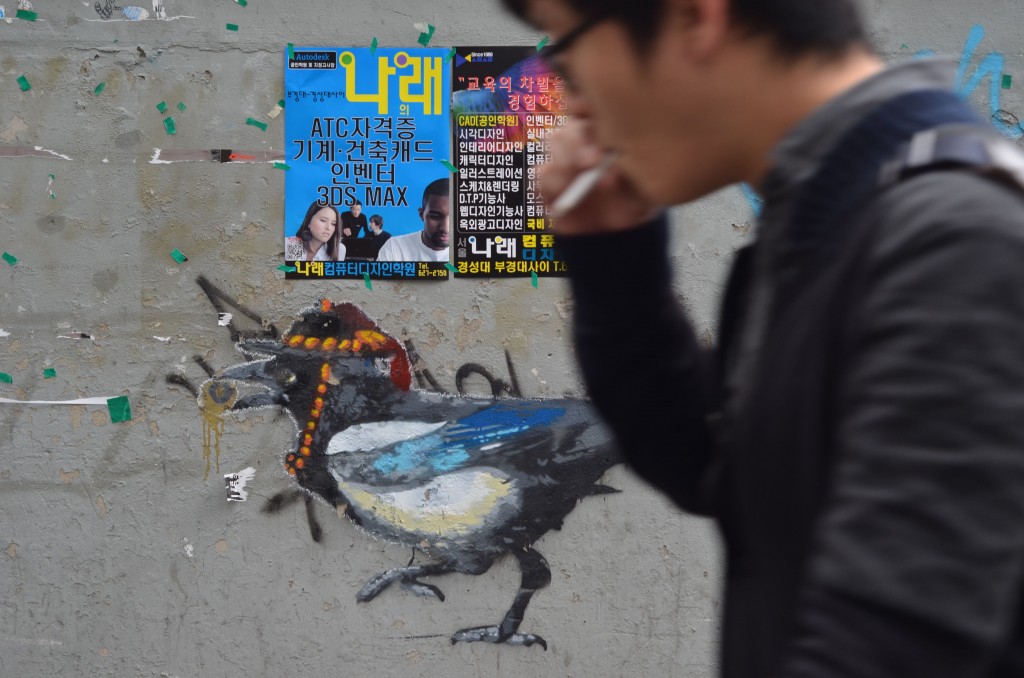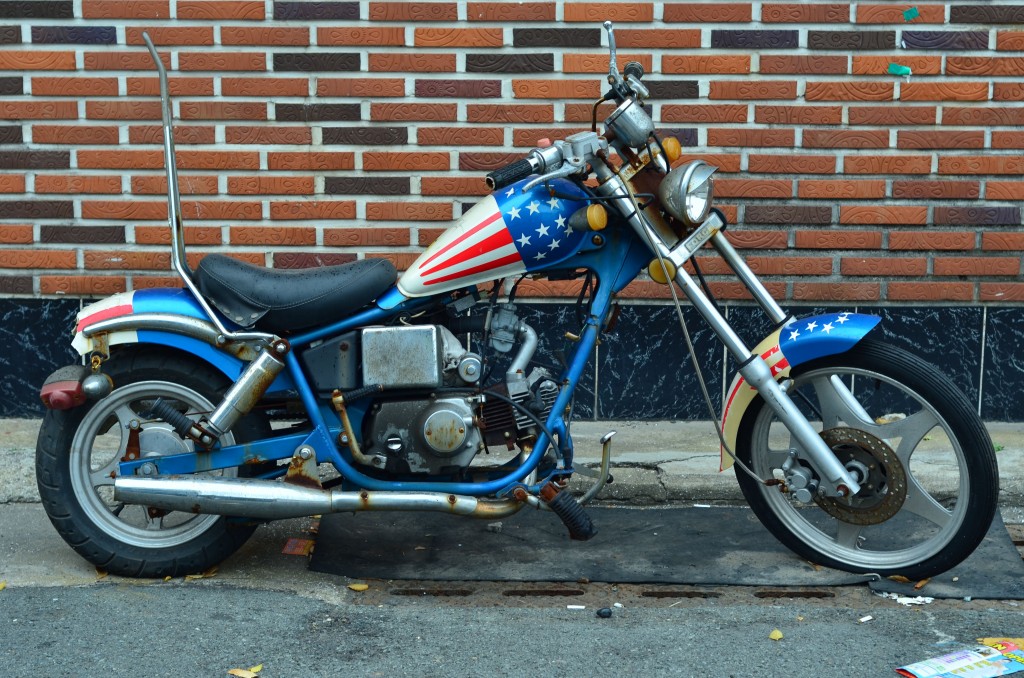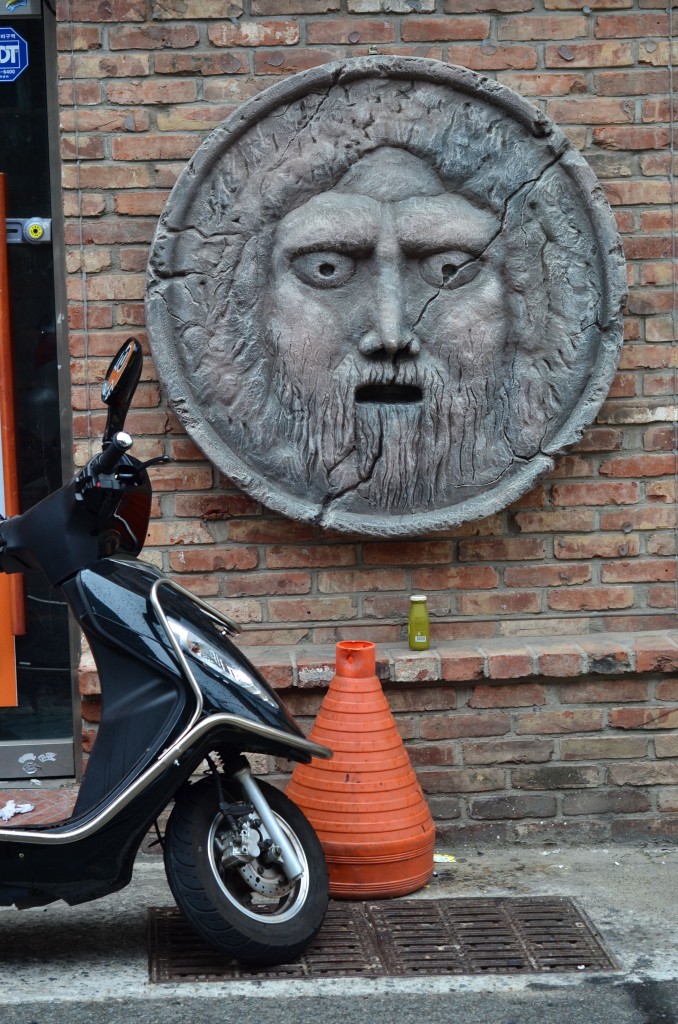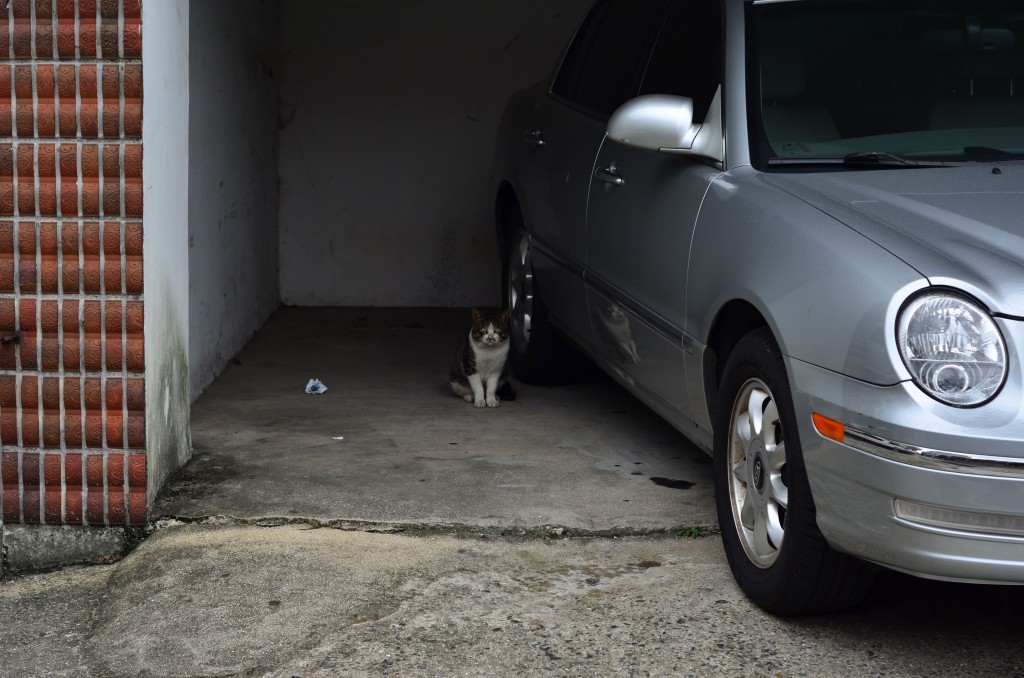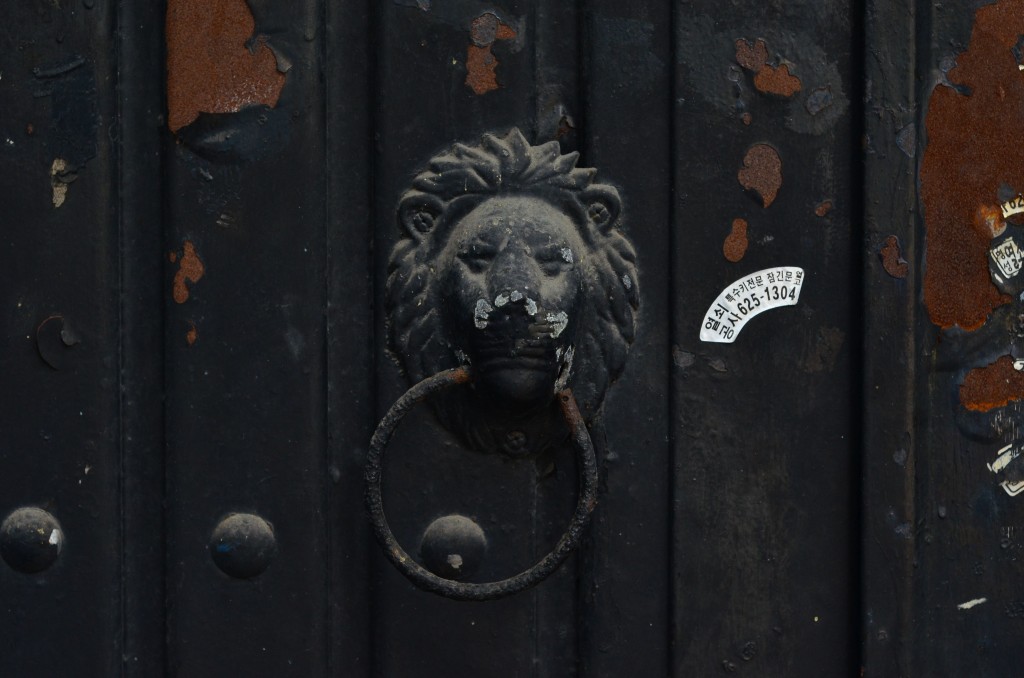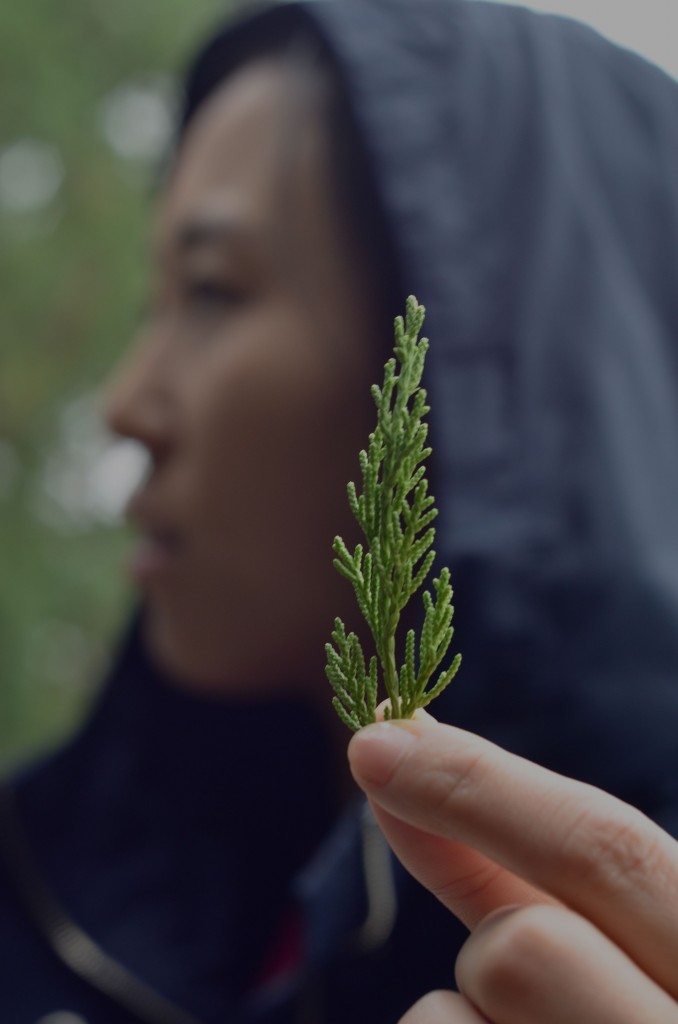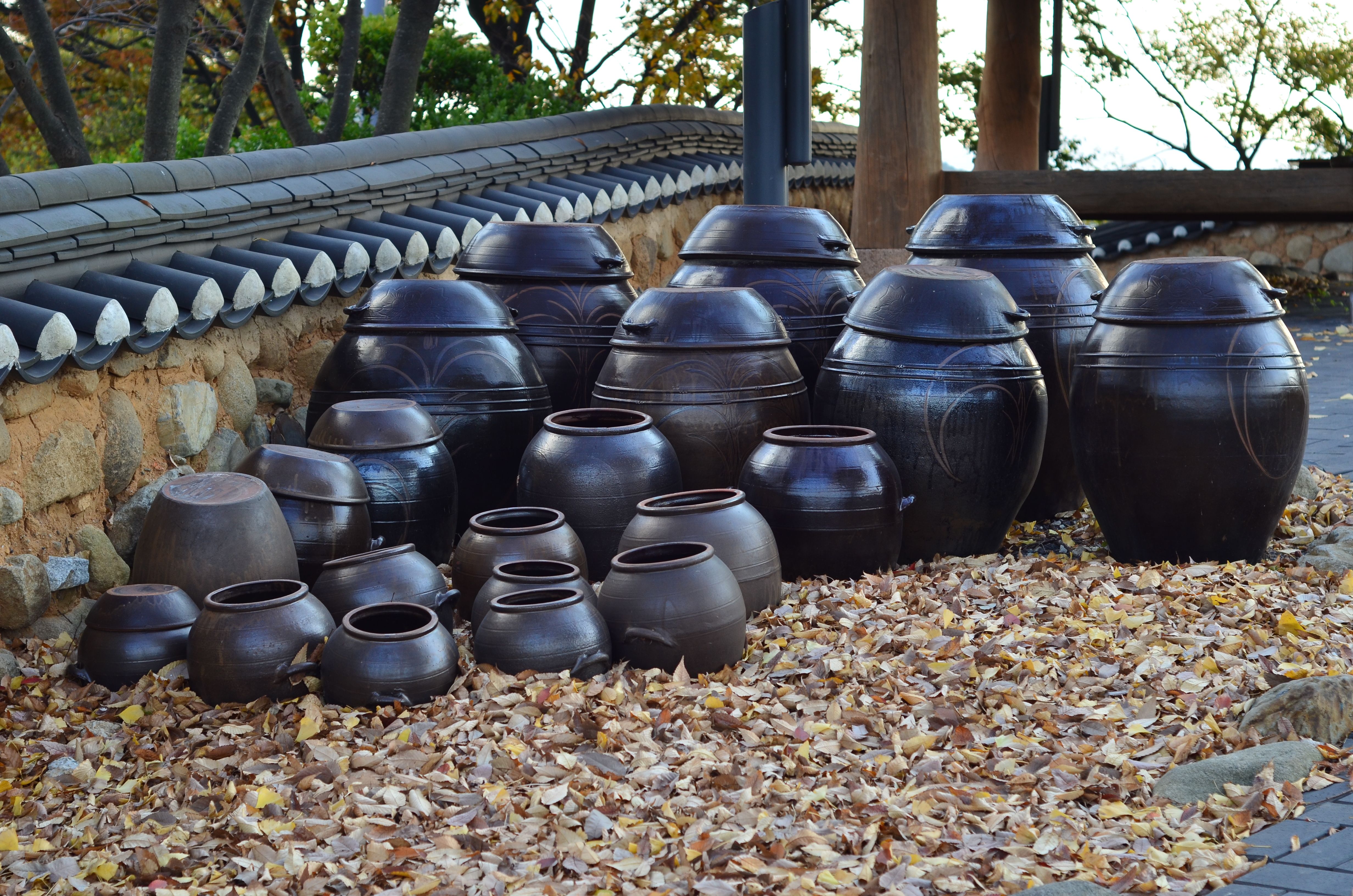La playa de Gwangalli (se pronuncia guangali) se prende con fuegos artificiales a finales de octubre. Desde la Ciudad Marina vemos la bateria pirotécnica en el puente quemar el cielo sobre la bahía.
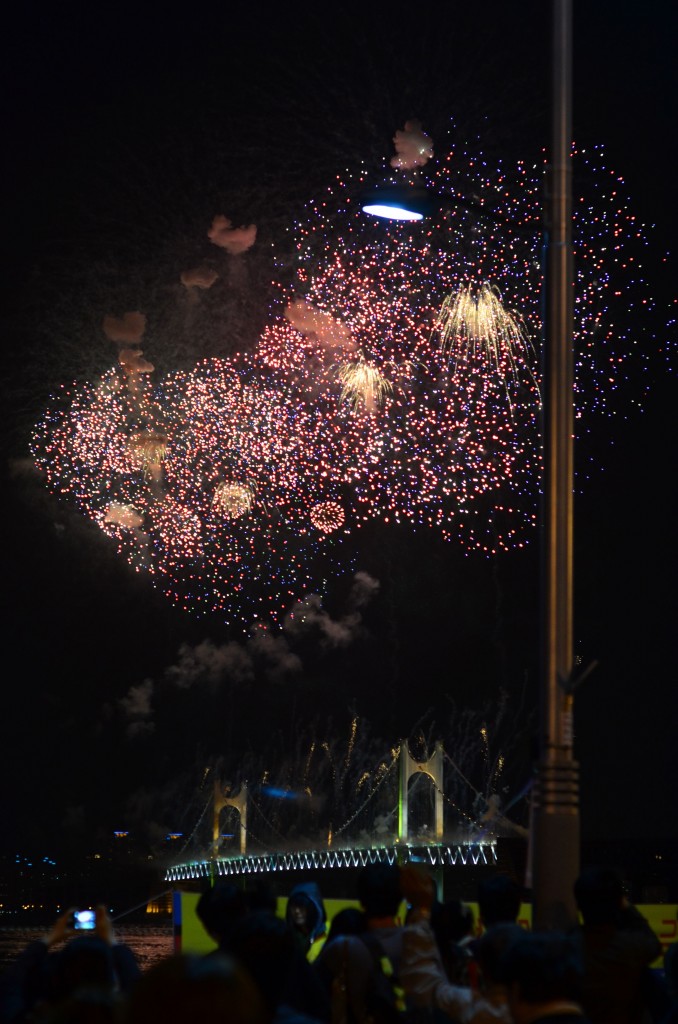
Apartamentos en el distrito de Haeundae (se pronuncia Jeunde). Yo y la mayoría del pueblo de Busan vivimos en estos libreros.
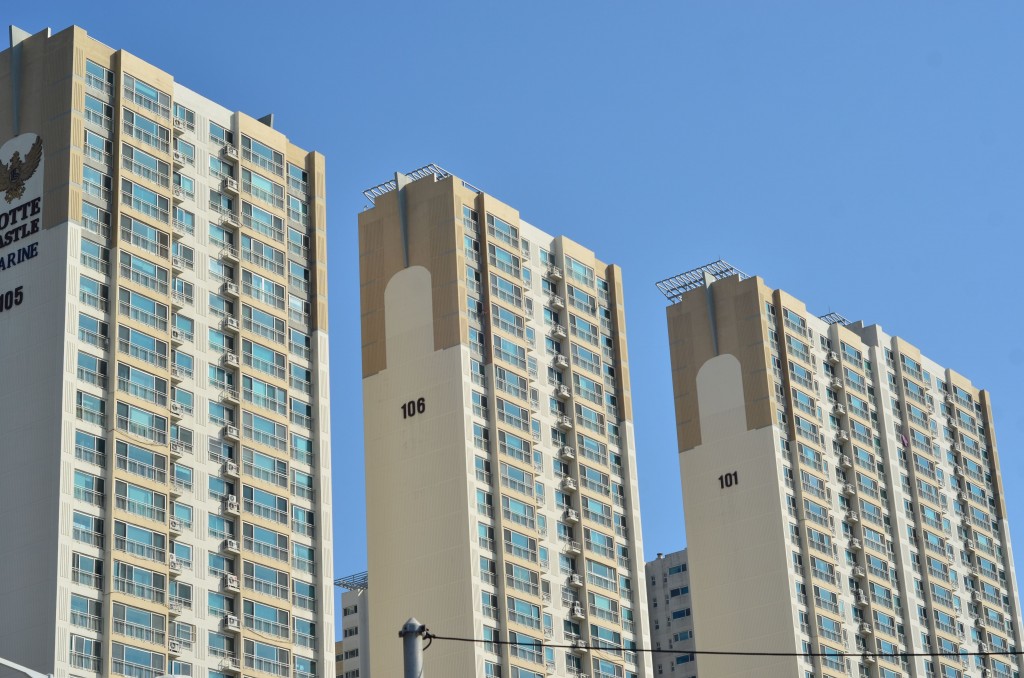
Ositos de peluche llaman la atención en un café cerca de la playa de Haeundae en la ciudad de Busan.
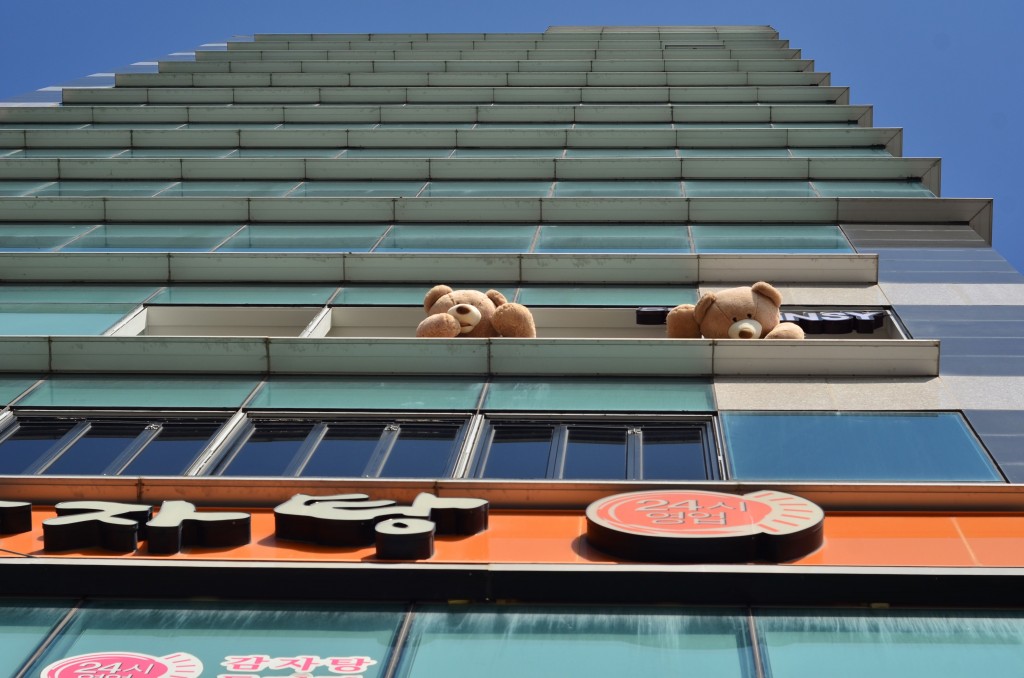
Un escultor de tumba le da los últimos toques a una lápida de granito negro típica de Corea. Ciudad de Ulsan.
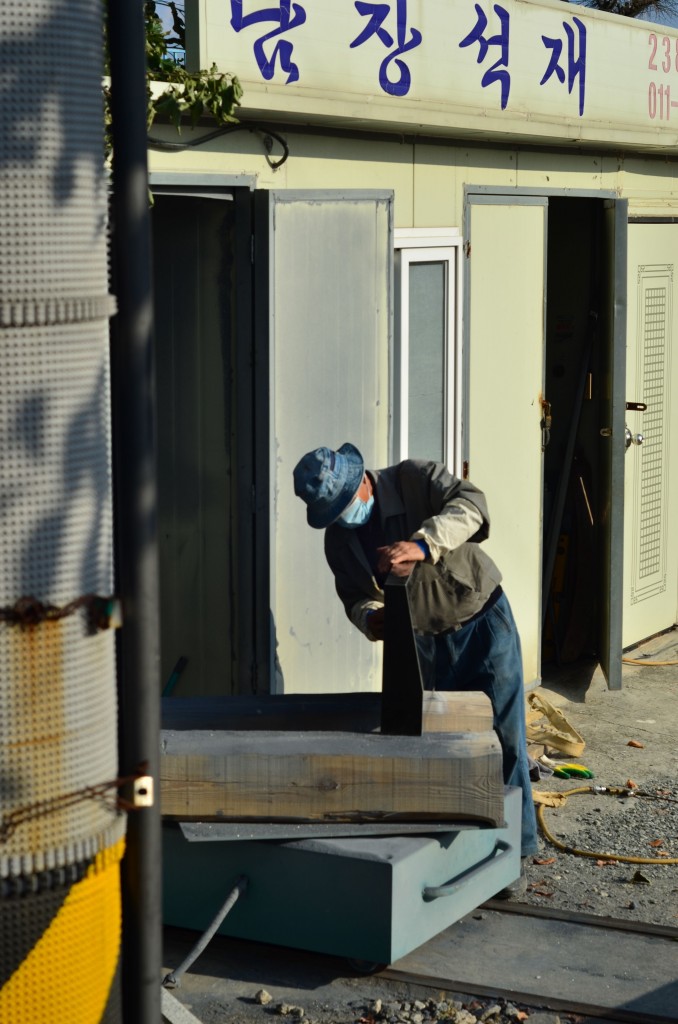
En un mercado de Ulsan encontramos raízes comestibles grandes y chicas 골단초 뿌리
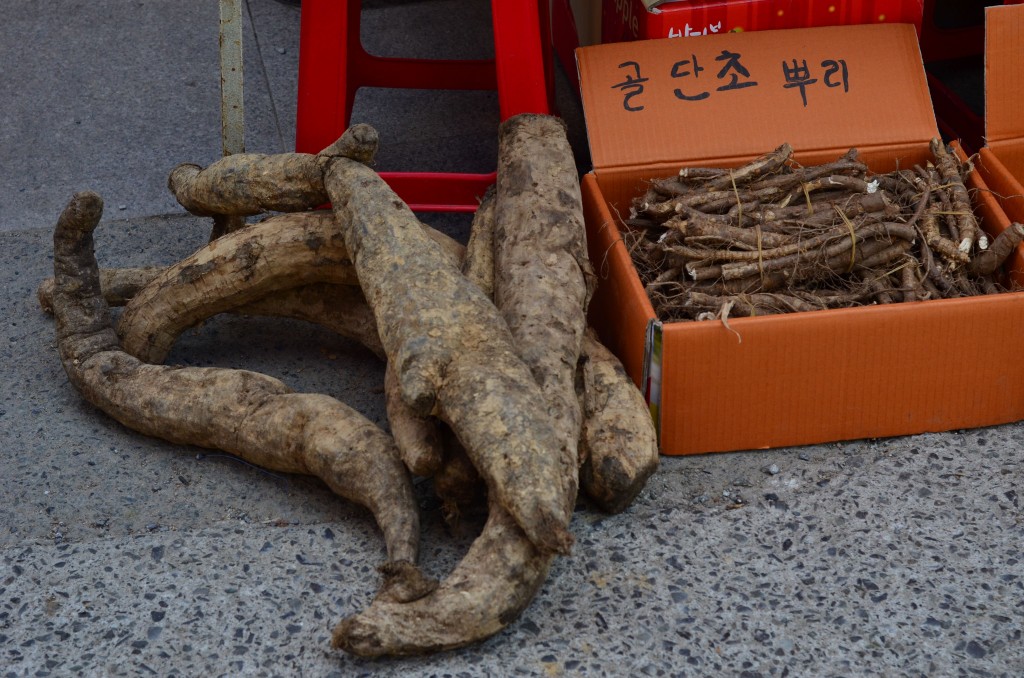 Y bolsas de caquis 감. Me recuerda el patio trasero de la casa en Los Andes en el tiempo de la “conquista” de ese territorio inhóspito. Cuando recién habiamos llegado y había selva, misterio, tribus imaginarias escondidas en el pasto largo y caquis desparramados como tesoros salmones en la tierra parda.
Y bolsas de caquis 감. Me recuerda el patio trasero de la casa en Los Andes en el tiempo de la “conquista” de ese territorio inhóspito. Cuando recién habiamos llegado y había selva, misterio, tribus imaginarias escondidas en el pasto largo y caquis desparramados como tesoros salmones en la tierra parda.
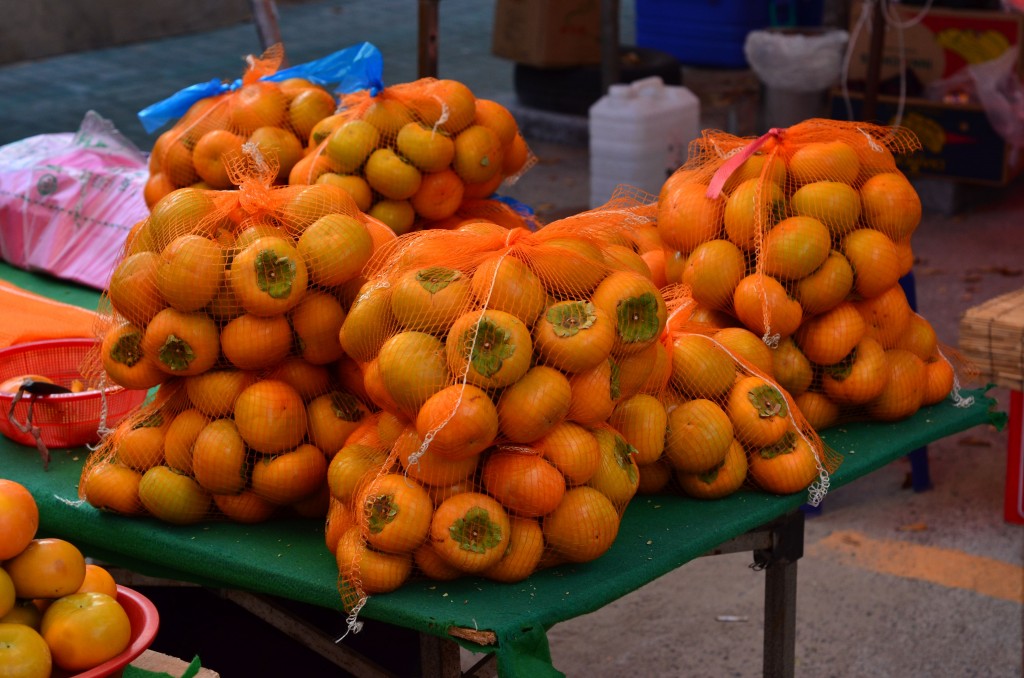
Castañas y maquinas para tostar castañas 군밤
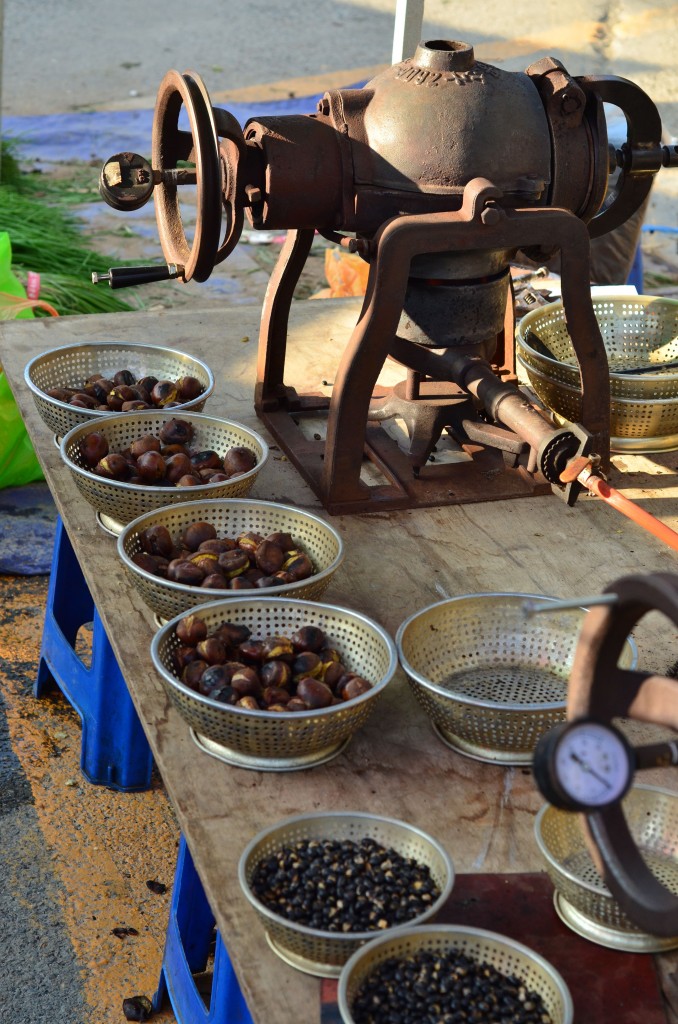
Ajos en escabeche 마늘 짱아치
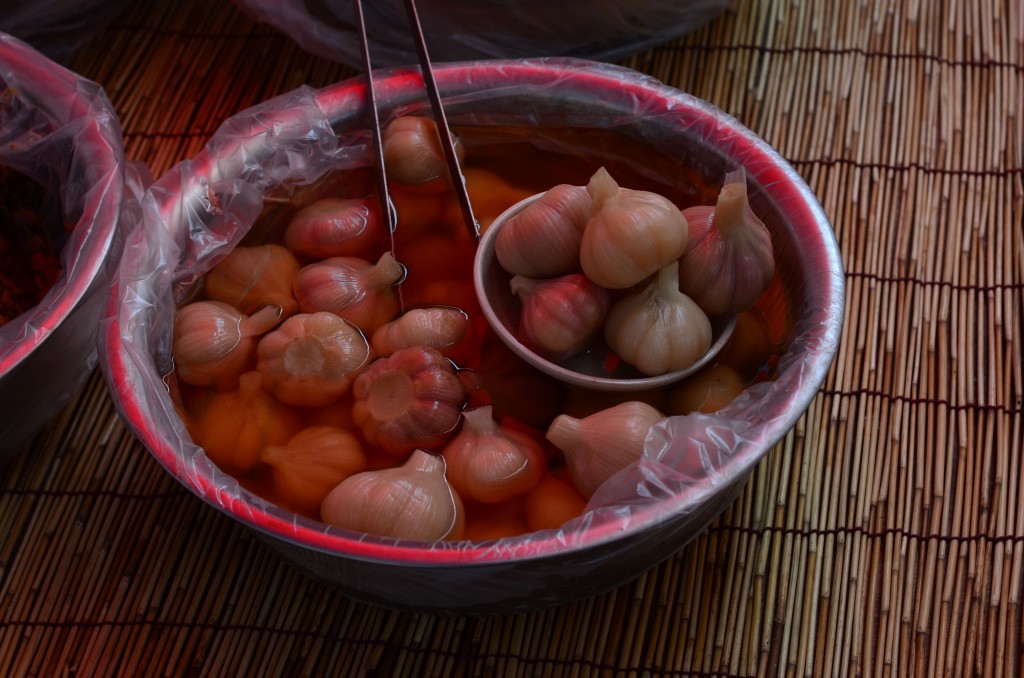
Chips de raíz de loto
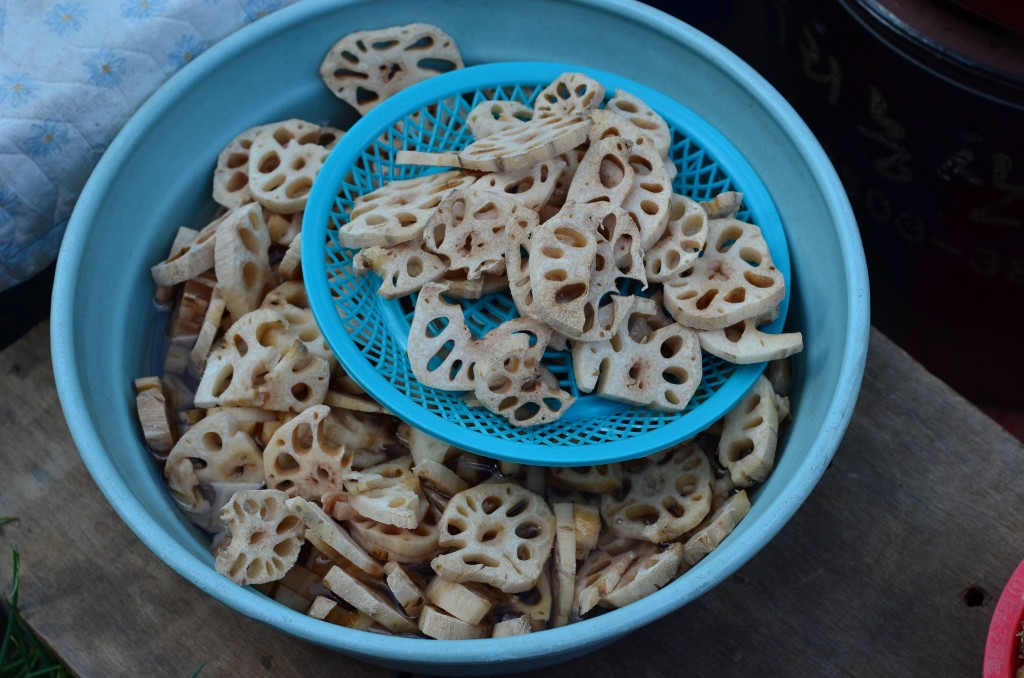
Y un pollito vagabundo cagado de frío. Se veia tan solitario y frágil en un mundo de rabanos y ajies gigantes. De por ahí salio una vieja, lo llamo y lo reto por vago. 병아리
A wanderer passed under our feet. It looked lost in a world of giants radishes and green peppers. Over by the red corner pillar of the open market smiled a chick ajuma. She tapped a cardboard box filled with chicks and made calling sounds. The little lost chick turned around and hurried away towards its human mother.
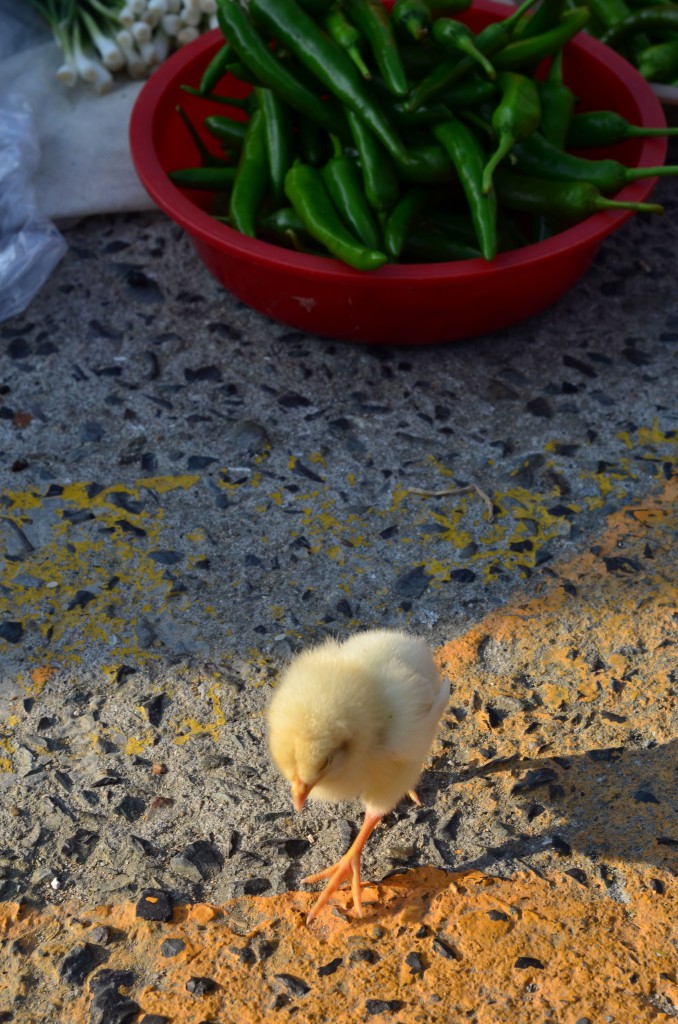
Ajíes verdes. La palabra ají en corano (Gochu 고추) también significa pichula.
Peppers and the word for penis in Korean. Outraged, I look at one of my teenage students at the institute where I teach English “What did you just say?” I’m trying to keep a sanctity of the classroom face. His snicker is softened and turns into a nervous smile. He says “gochu.” The word for both pepper and penis in Korean. “What does that mean?” Him and I retain innocent faces. “Peppa” he says grinning and thinking he’s so smart-tuh. Then the class clown quickly stands up and points to his genitals. “It also means this, teacher, yeeeees!” and throws his head back laughing. Plop.
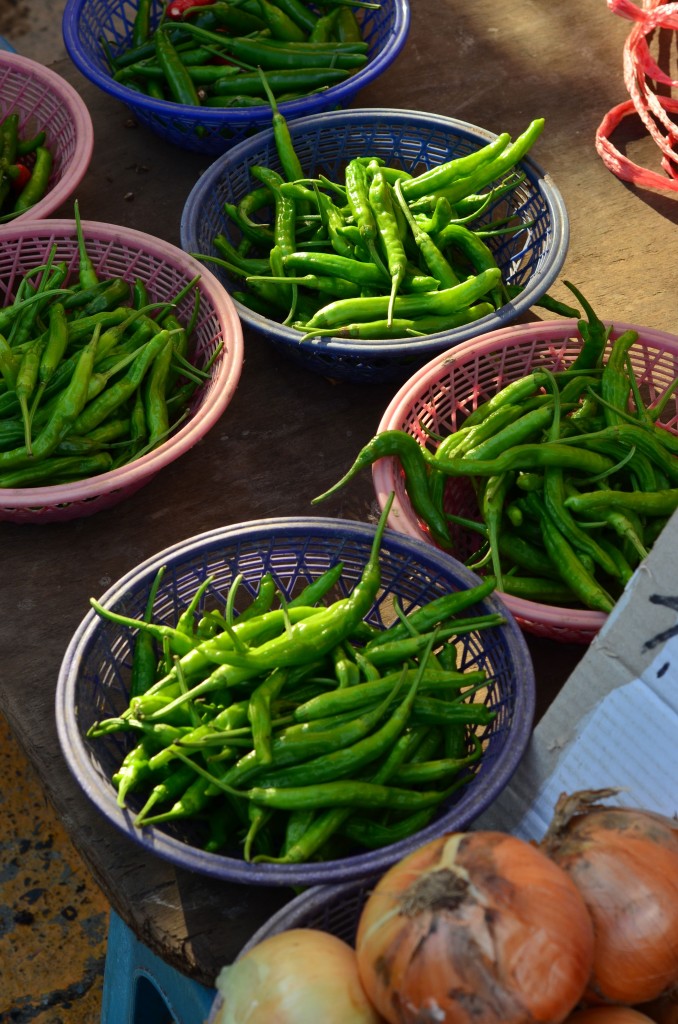
Ahí me gustaste. Estos me apetecen y tienen forma de flor. Están hecho con le mismo ingrediente predilecto de los cabros chicos en todo el mundo: azúcar.
We reached the snack area of the market. I used to eat a lot of these flower shaped ones. At the market, a fat little korean boy holding a piece of chicken and an opened 10-piece box of chicken nuggets strolls by absent-mindedly. “Oh mashiketa…” (oh, so delicious 맛있겠다 ) I say fake-salivating and pretend to grab one of his chicken nuggets to see what he does. I’m used to teasing children at school. He doesn’t notice me; his eyes are trained on the mounds of glisening snacks. His mother sees me, however, and smiles amused. She pulls him away, giggles and warns him about the hungry foreigner as she looks my way.
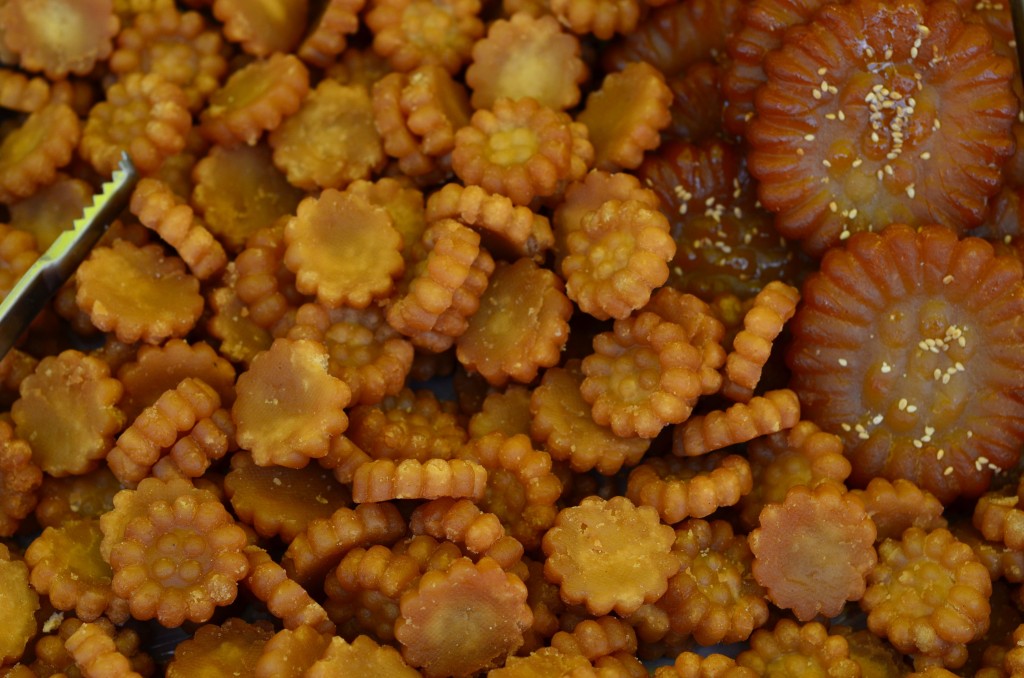
Estos son como trenzas
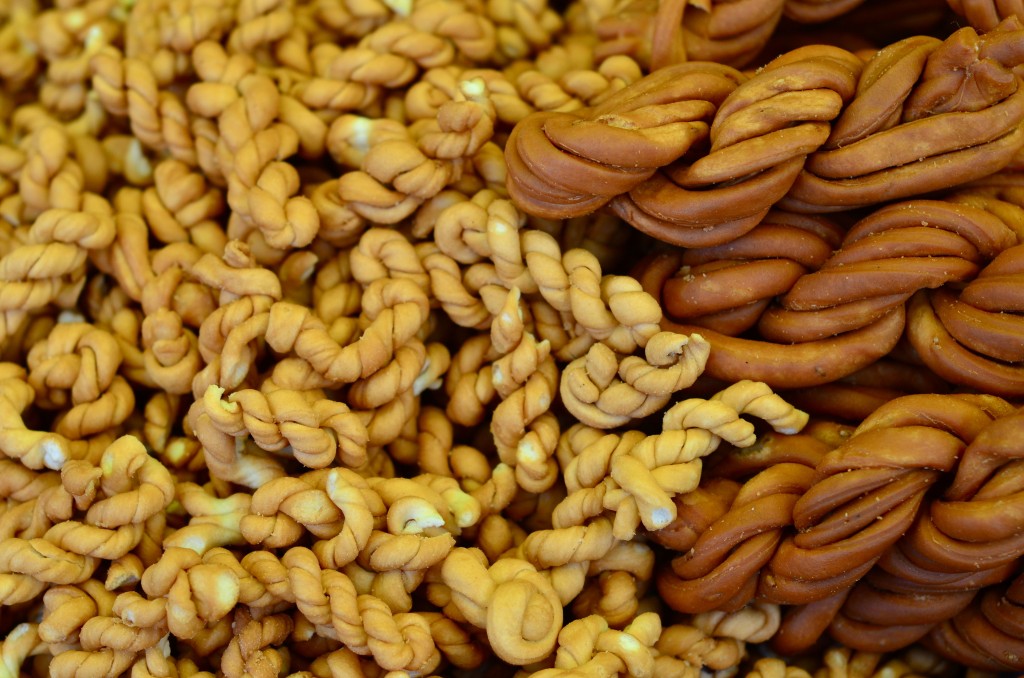
Estas son como ramitas pero con un toque alga marina. Los japoneses, los coreanos y los chilenos son buenos para comer alga. Somos, después de todo, hermanos del Pacífico. Cochayuyo no he visto todavía.
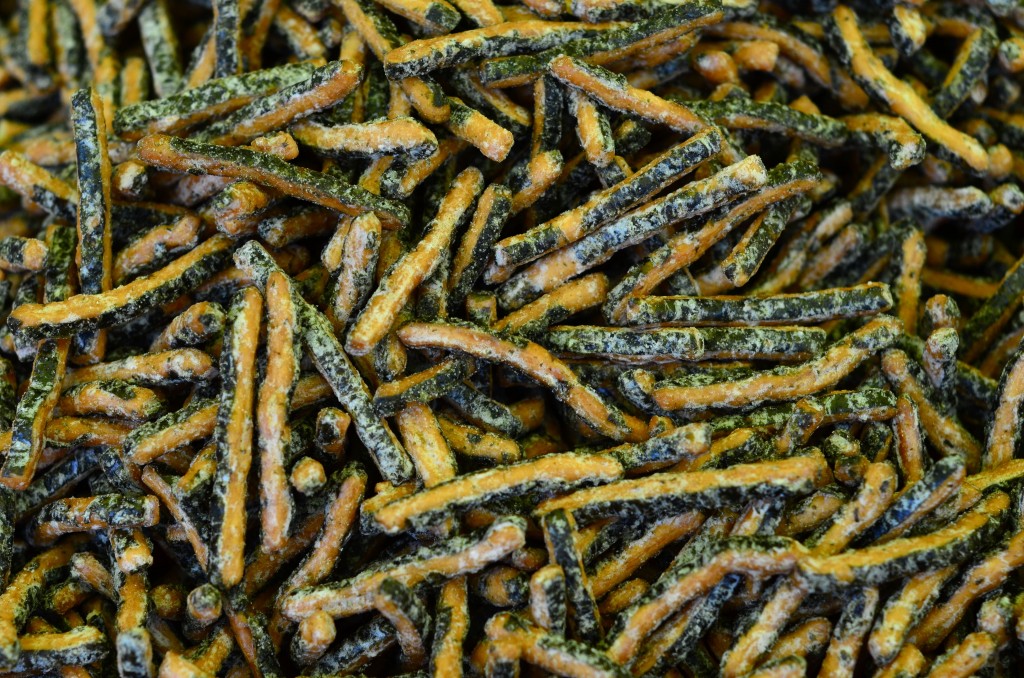
Esto ya es algo menos exótico… chocolate… para el Jorgito.
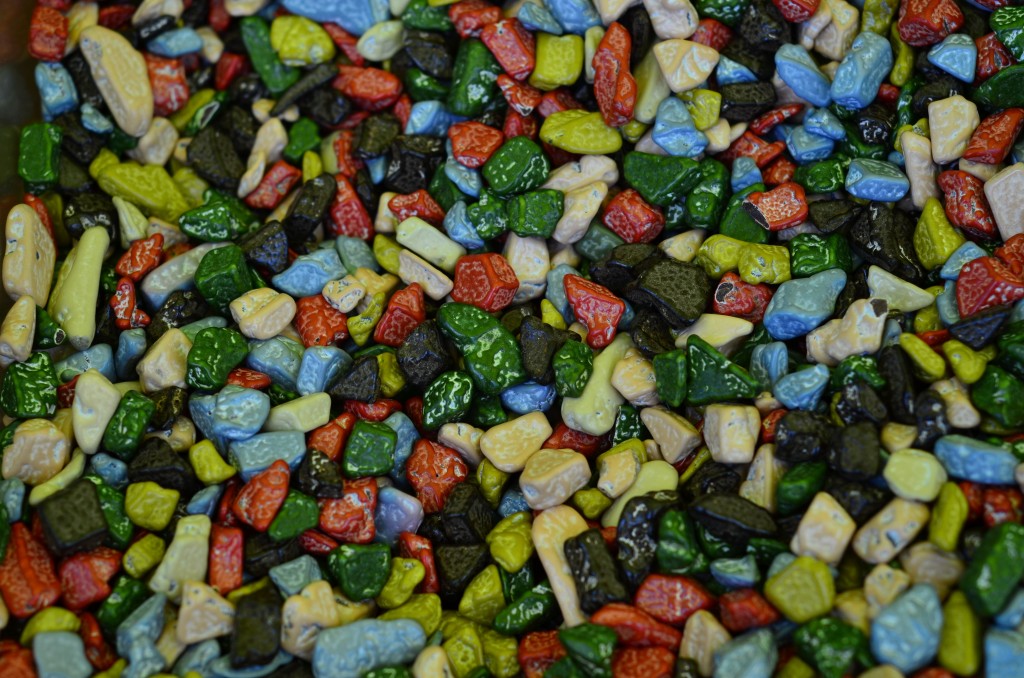
Barajas de guafles.
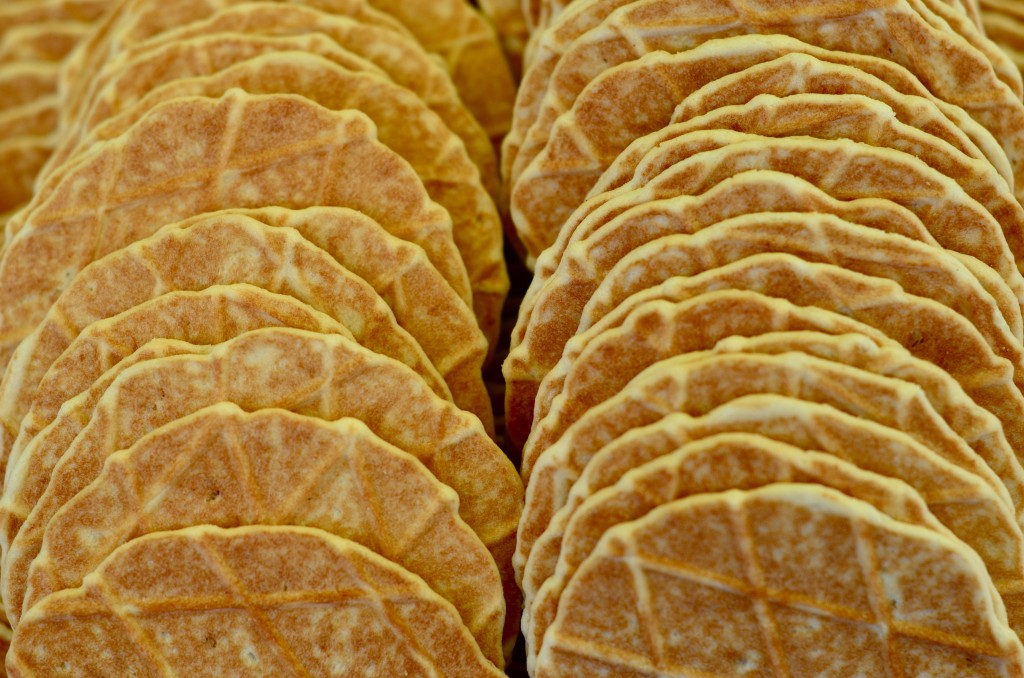
Estos son como cuchuflis pero sin manjar.
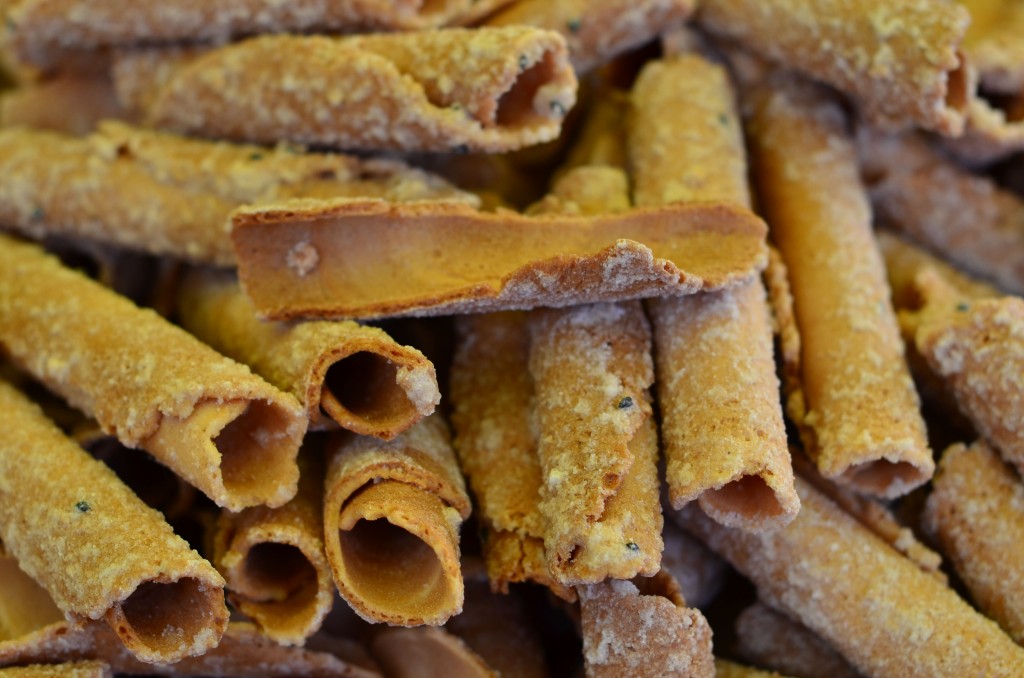
Tradicionalmente los coreanos guardan verduras en escabeche en cántaros de barro. Hay grandes, chicos, guatones, flacos, con barniz, sin barniz, con oreja, sin oreja; de todos los portes y gustos. Visitamos un museo y pueblo artesanal en las afueras de la ciudad de Ulsan donde los hacían.
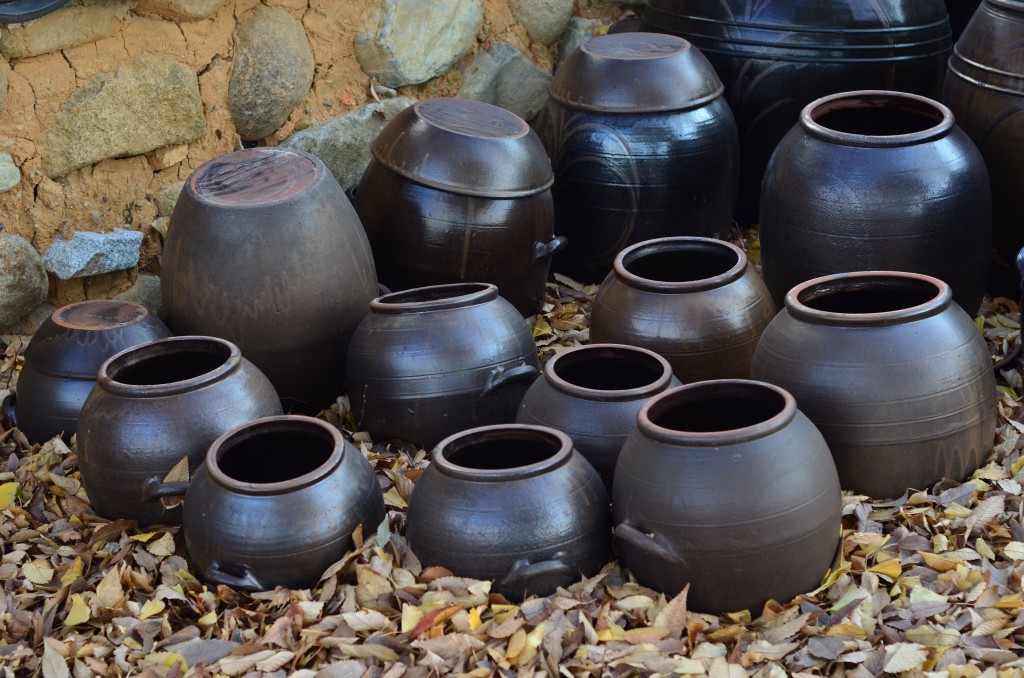
El museo esta en un pueblo artesanal patrocinado por la Hyundai Motors. La planta automotriz principal de la Hyundai esta situada a pocos kilómetros en la ciudad de Ulsan. El pueblo artesanal esta repleto de tiendas, alfareros y hornos. Los senderos y las calles que unen la comunidad están sembrados con cientos de cántaros imperfectos y quebrados.
Estos están listos para el horno.
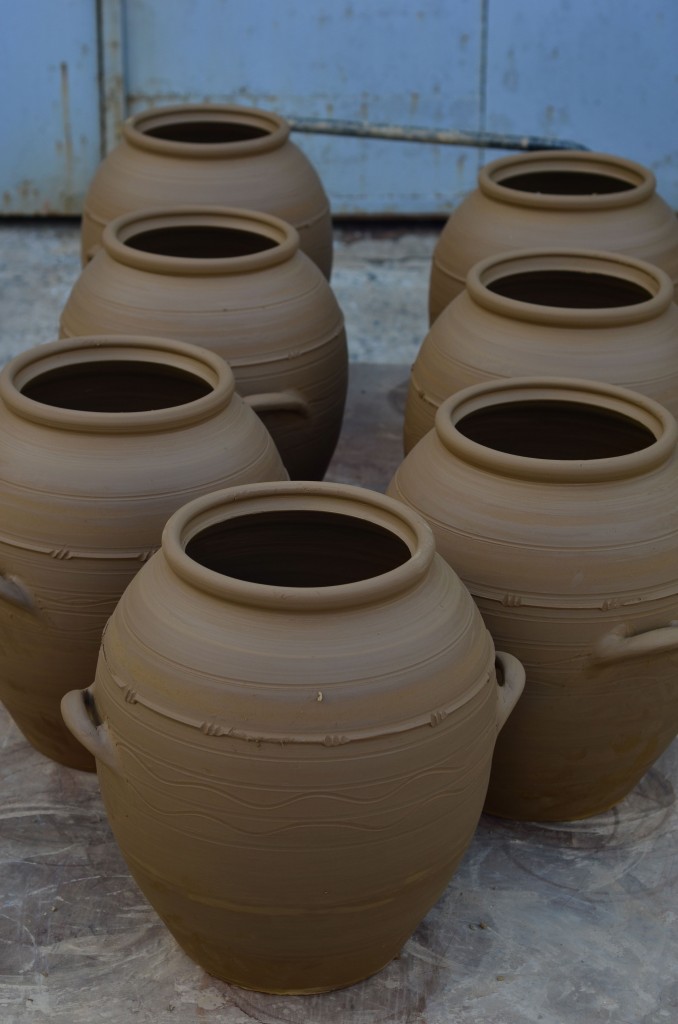
El nombre en coreano de estos cántaros es onggi (옹기) y el alfarero que los hace es un onggijang (옹기장).
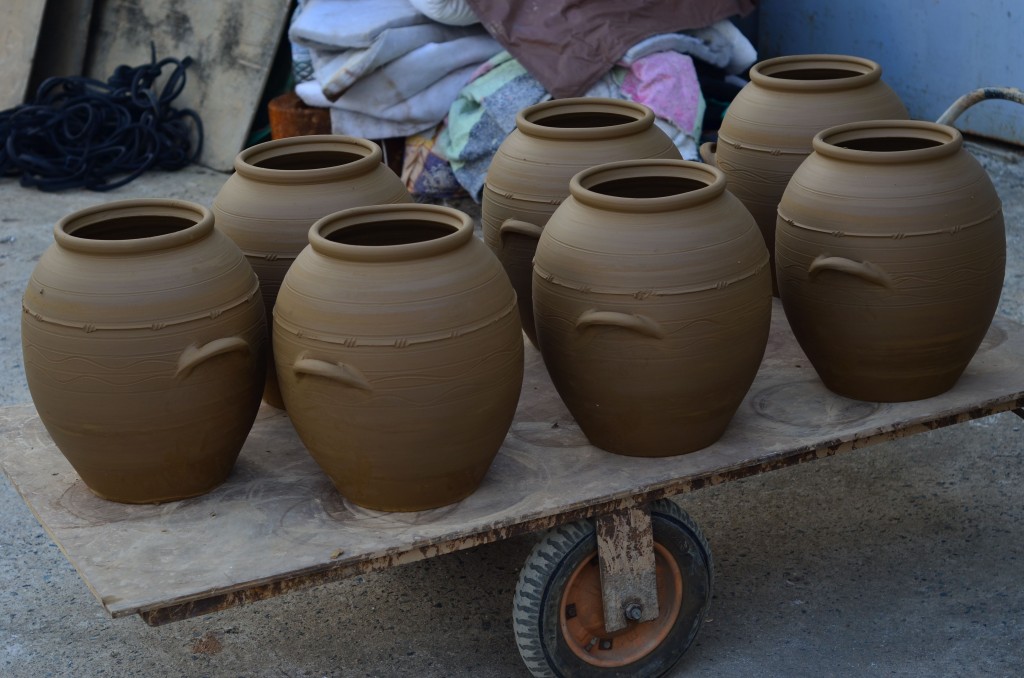
Un cántaro antiguo con tapa de madera.
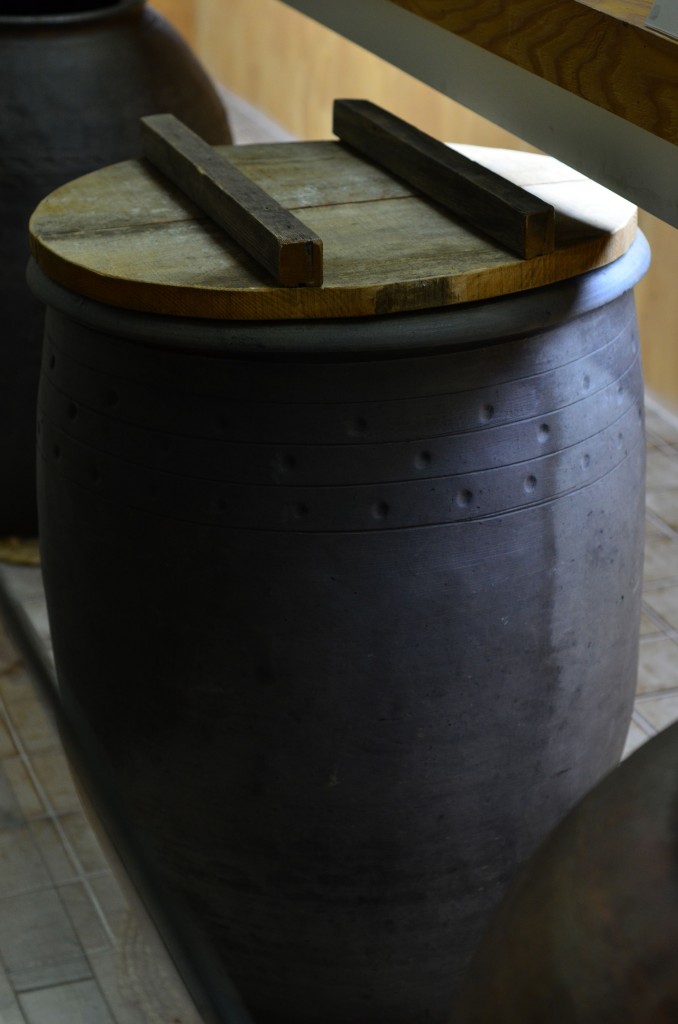
Un diseño de la región de Chungcheong-do (충청도) que me gusta. Este tiene orejas y es corpulento como un matón mafioso o una matriarca coreana (아줌마).
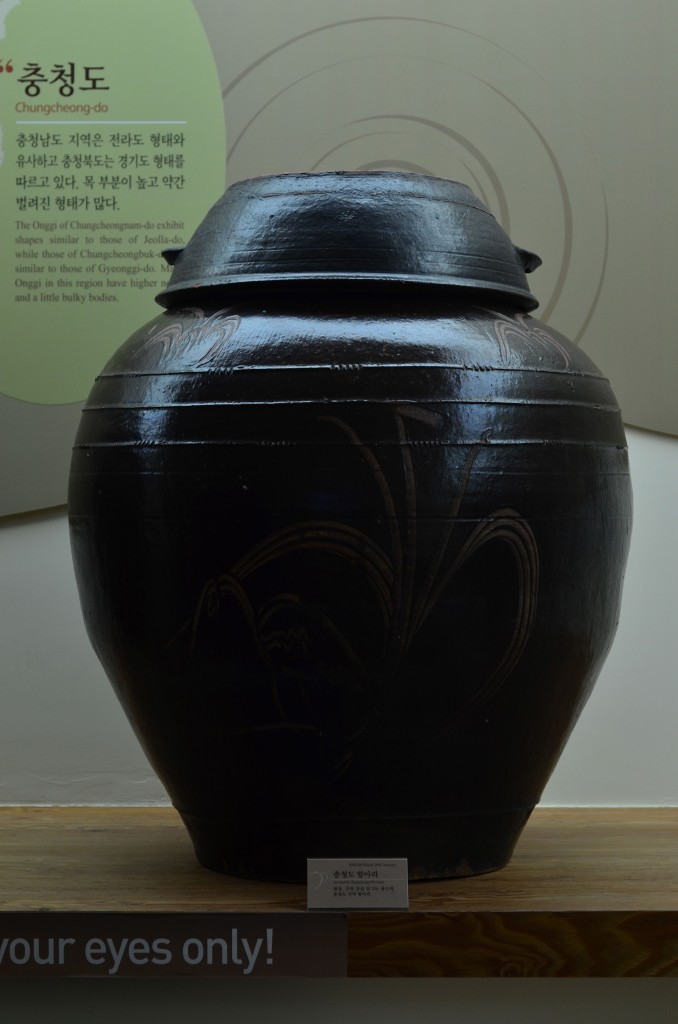
En un sector de artesanía internacional encontramos esculturas peruanas antiguas.
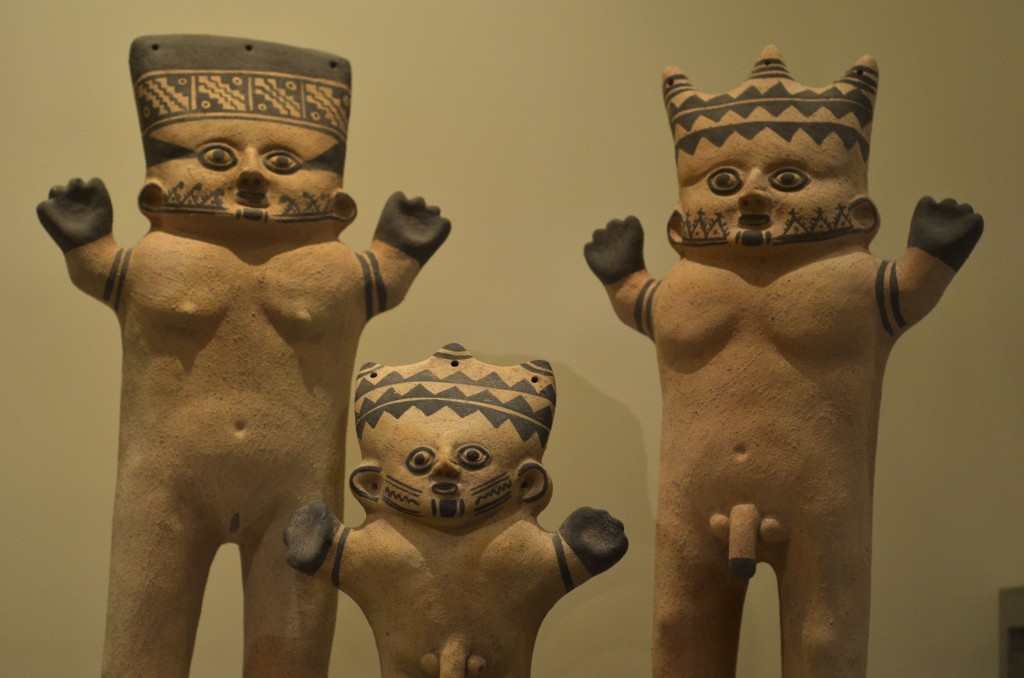
Afuera del museo unos ajíes duermen al sol otoñal coreano.
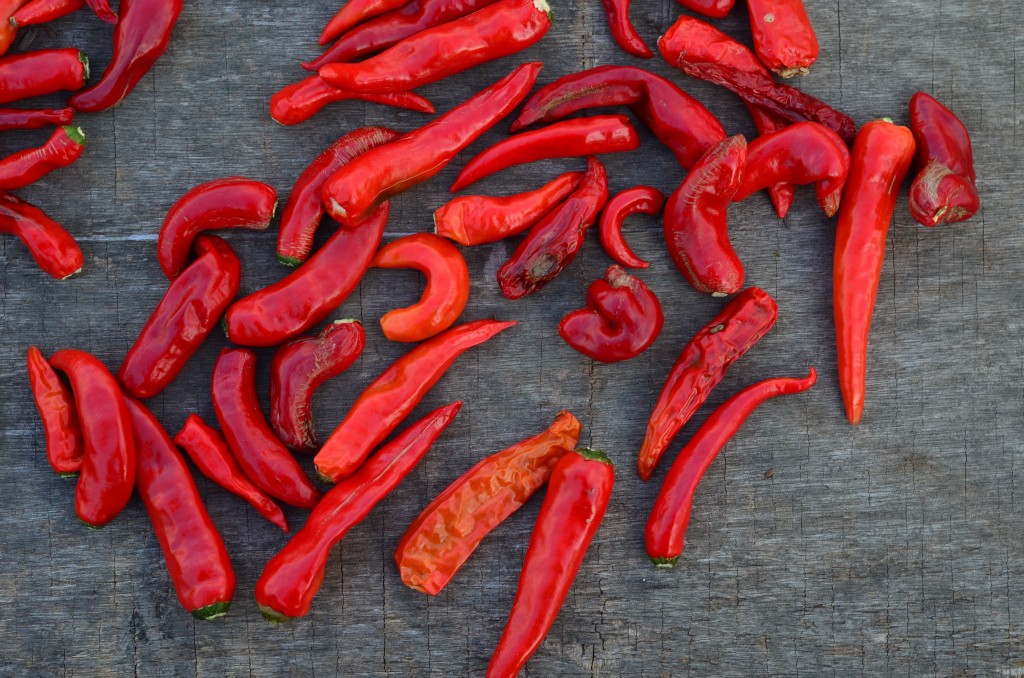
Uno de los hornos para la coció de los cántaros.
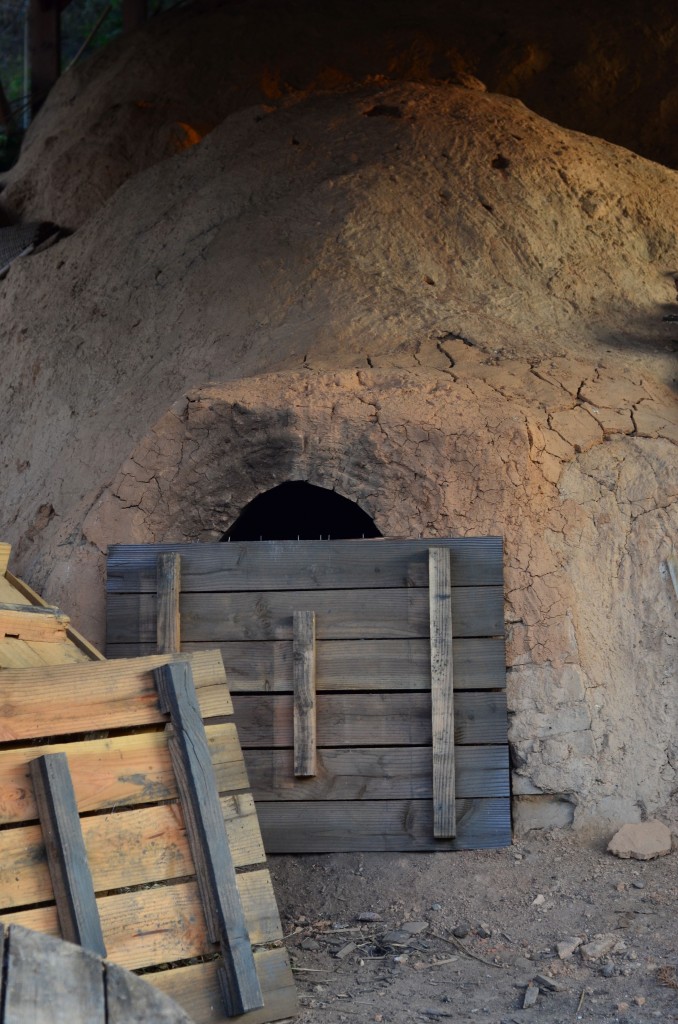
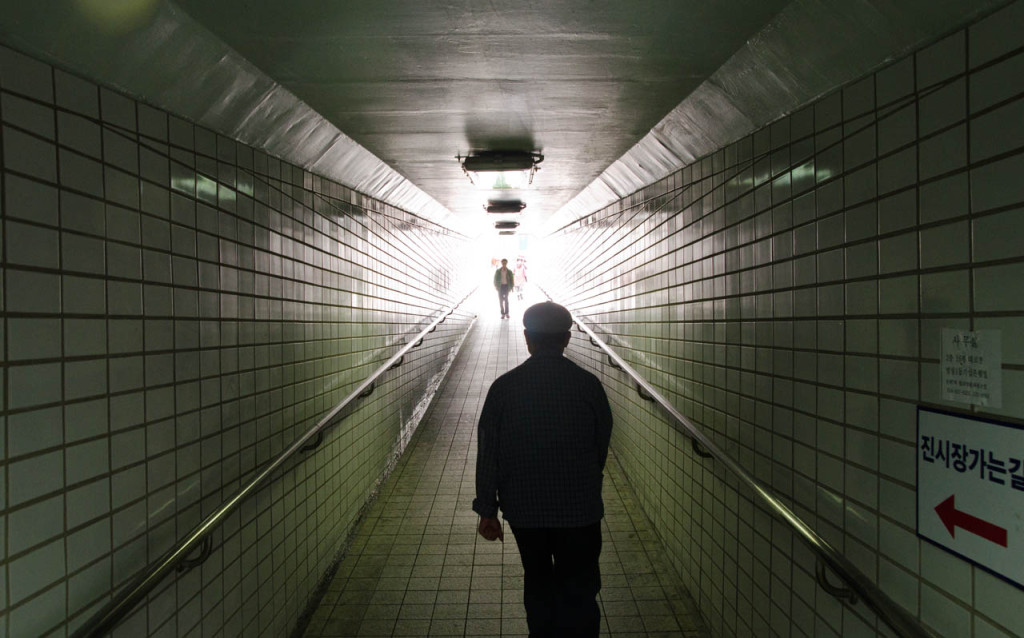 Found lots of walkers.
Found lots of walkers.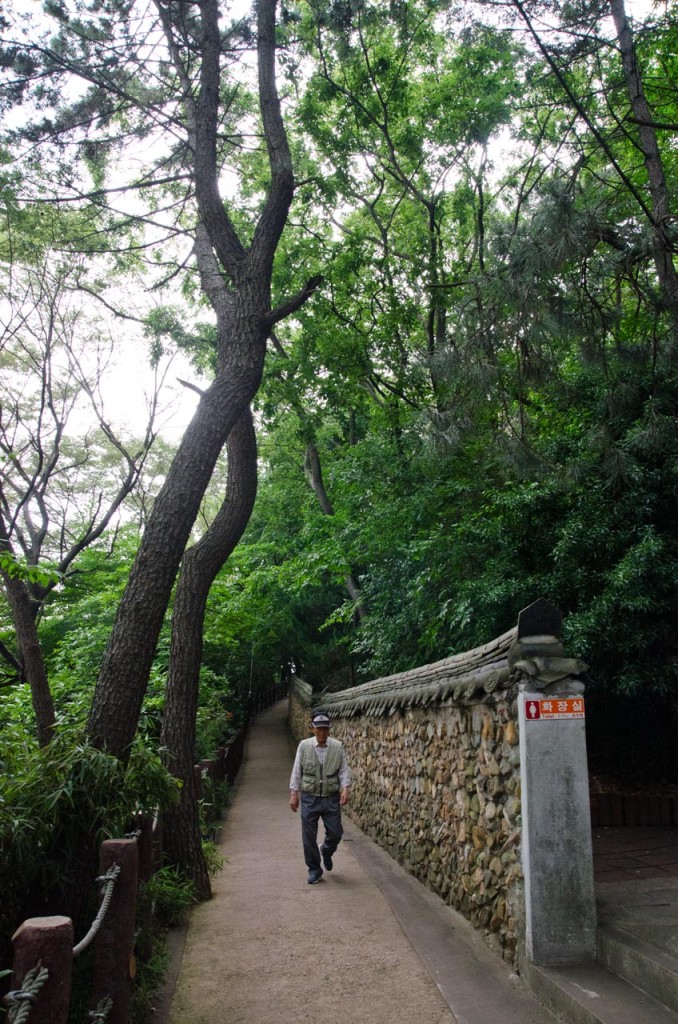
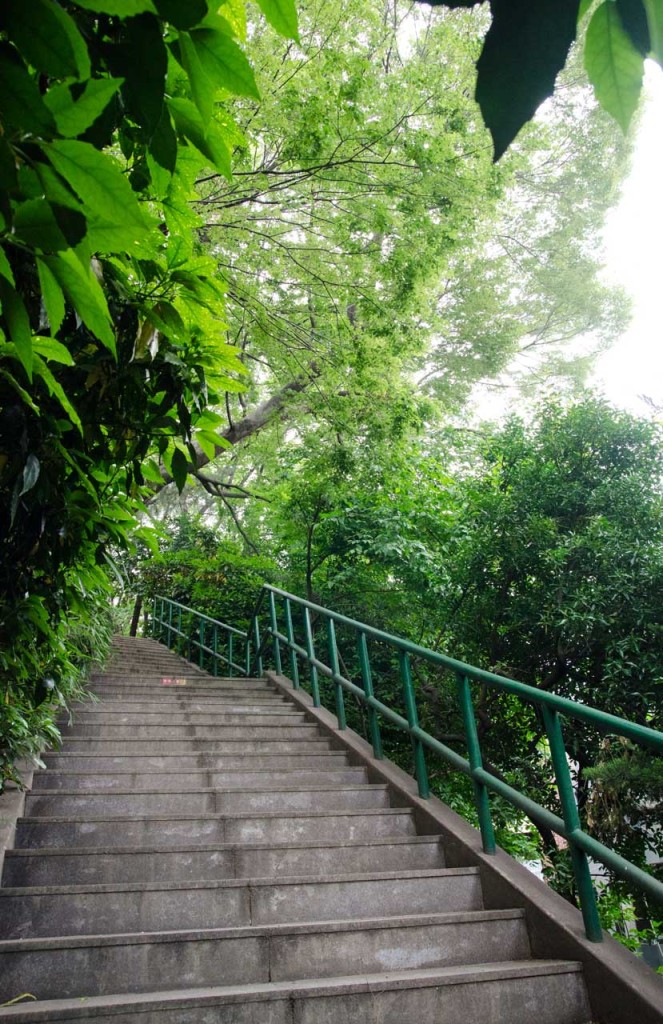 Found a couple of shrines.
Found a couple of shrines.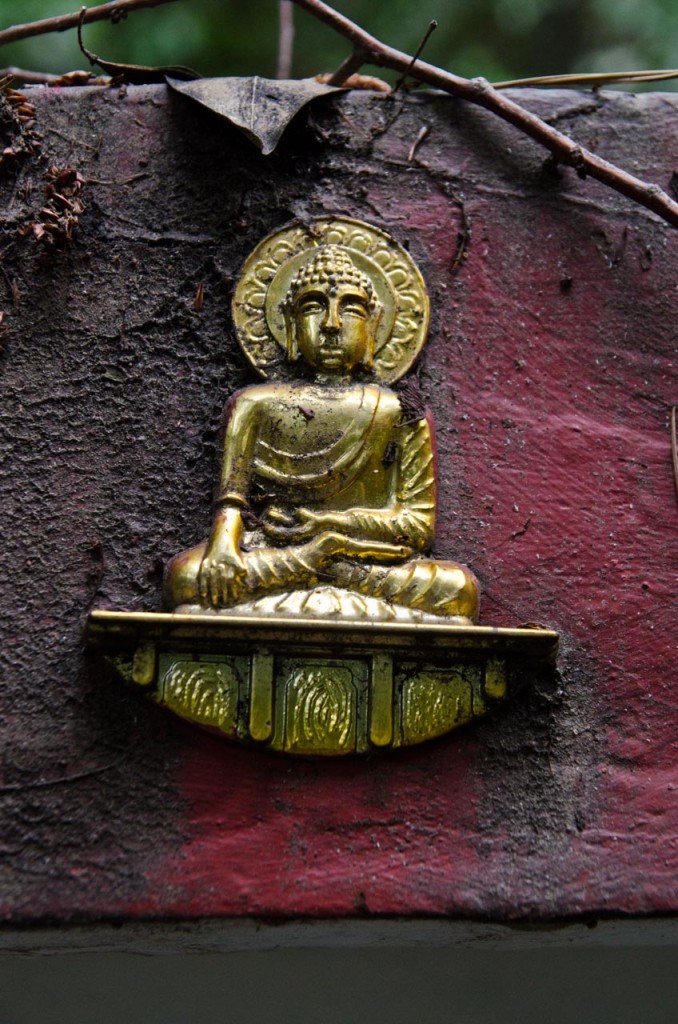
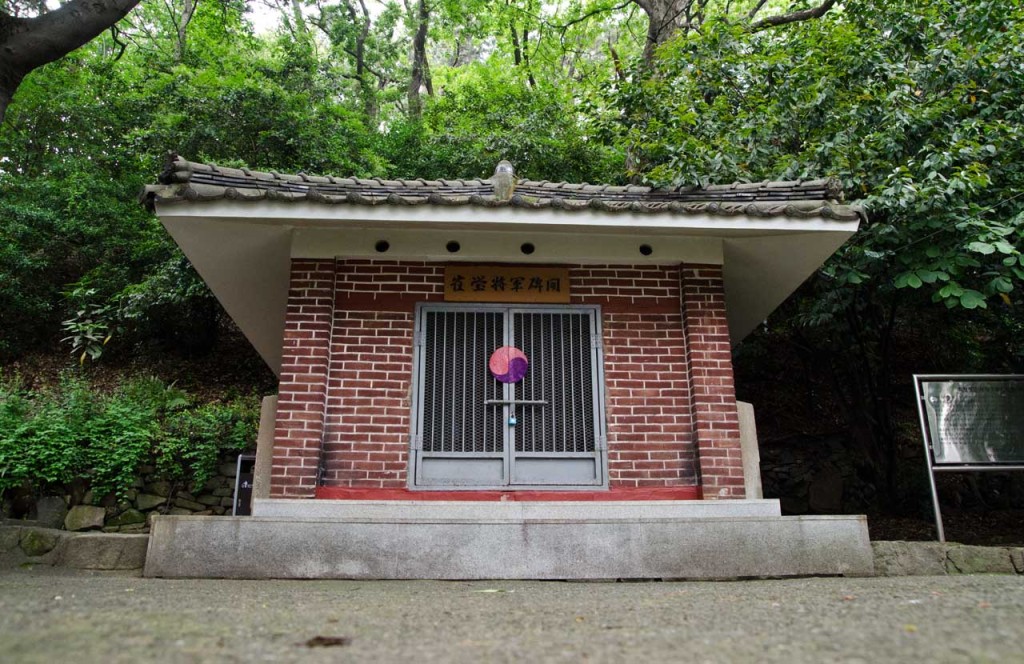
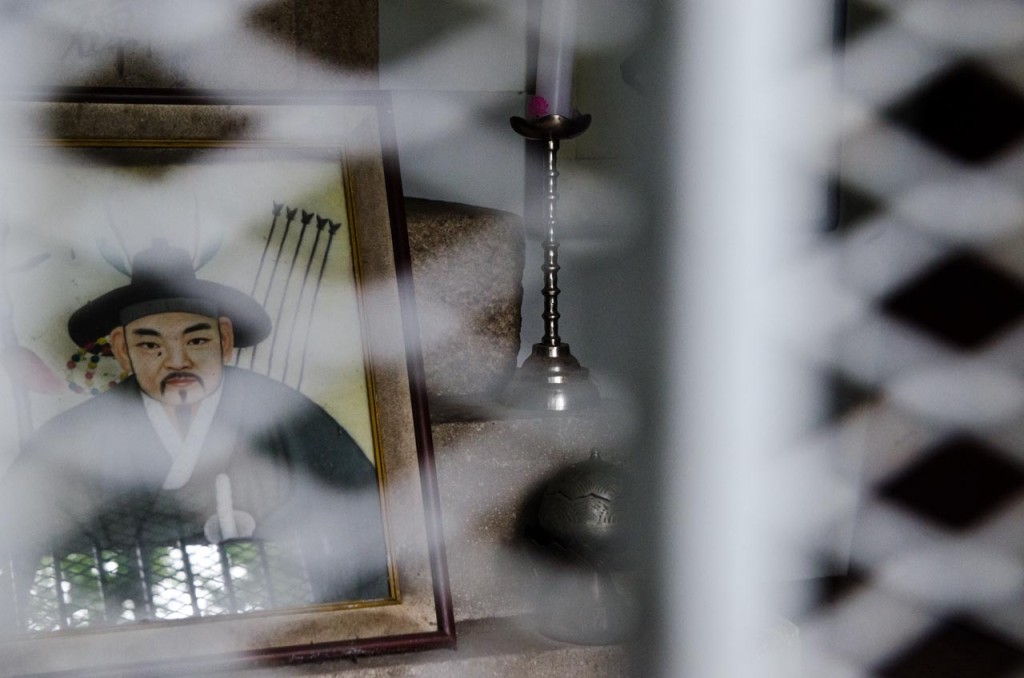 Got off the main path and followed the trail around the hill.
Got off the main path and followed the trail around the hill.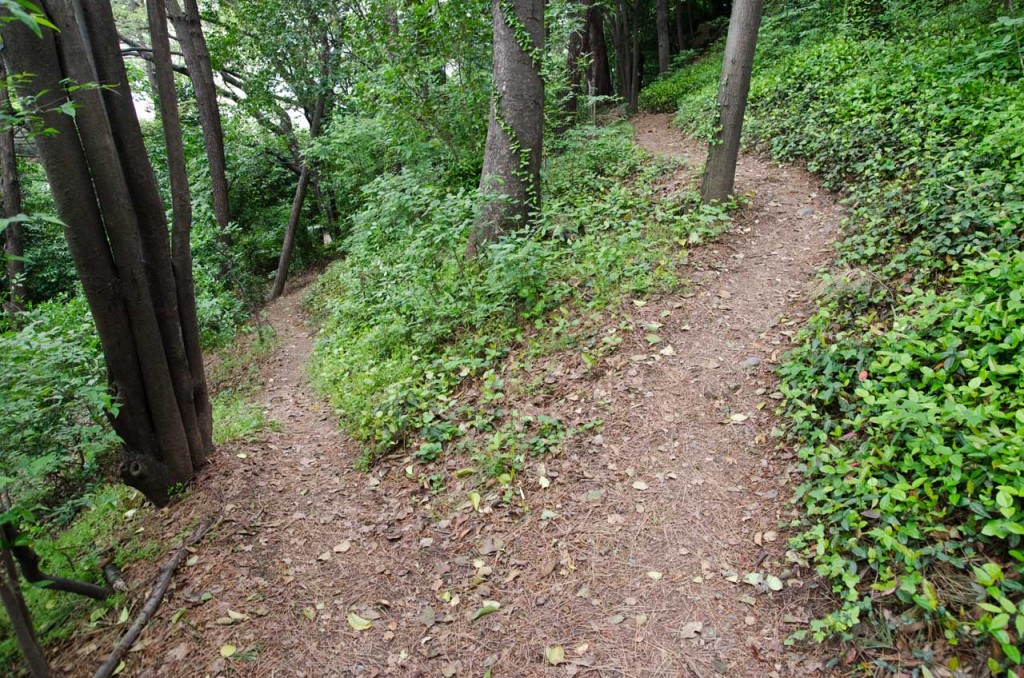 Found Mōri Terumoto‘s fortress walls.
Found Mōri Terumoto‘s fortress walls. 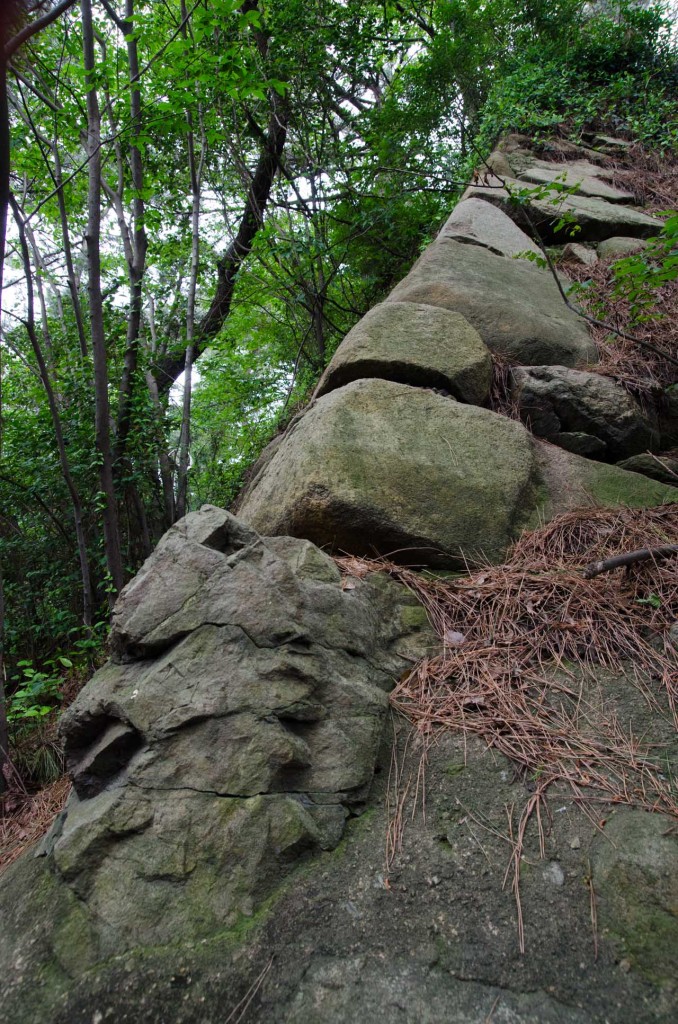
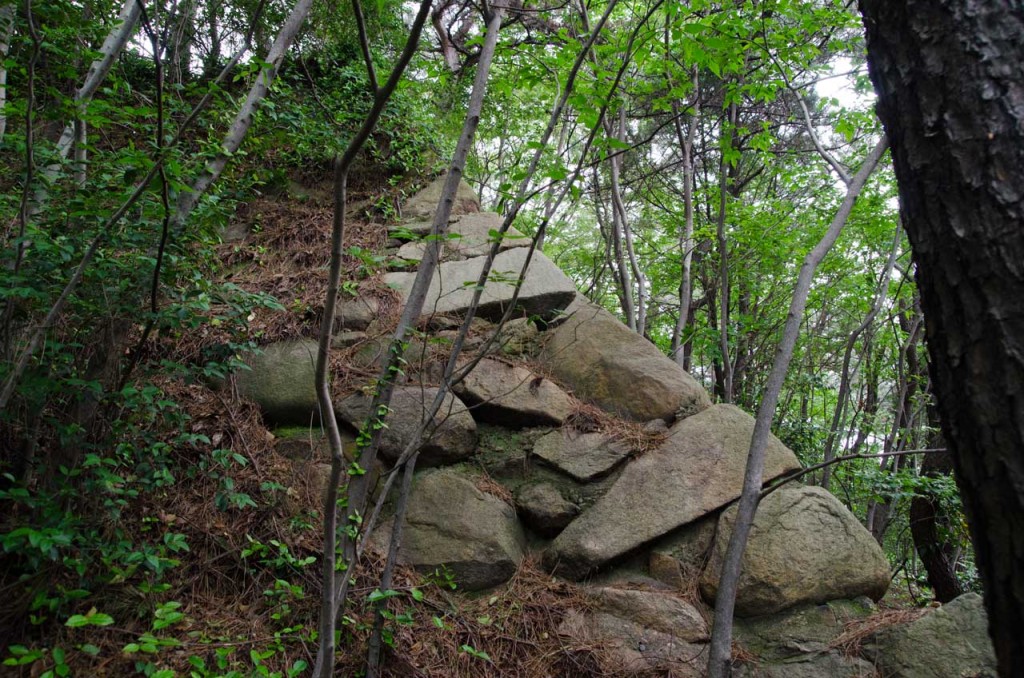
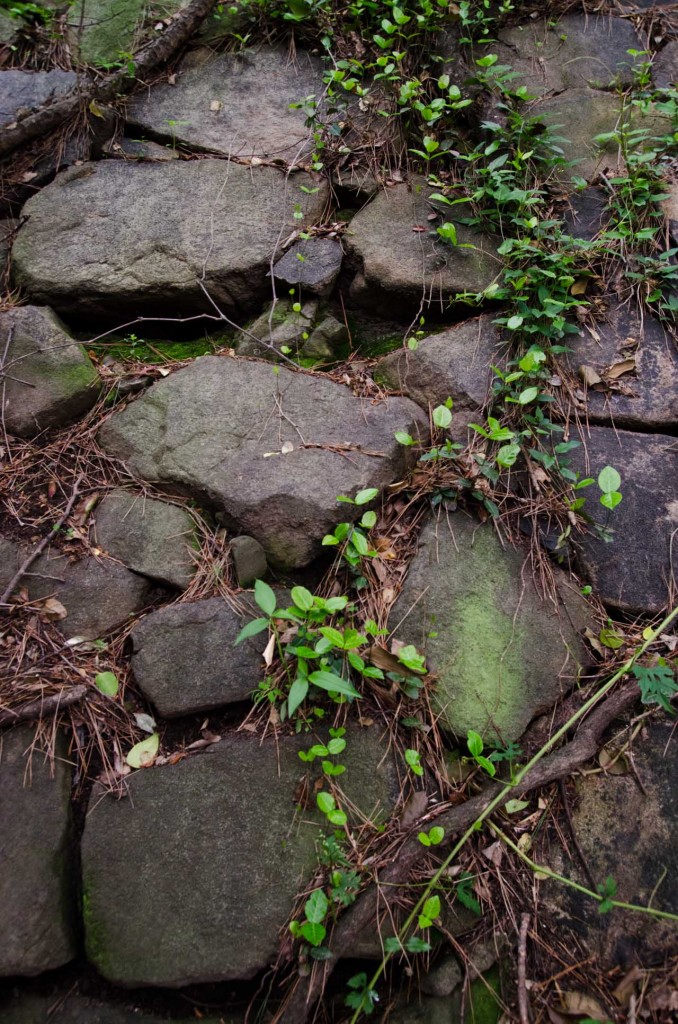
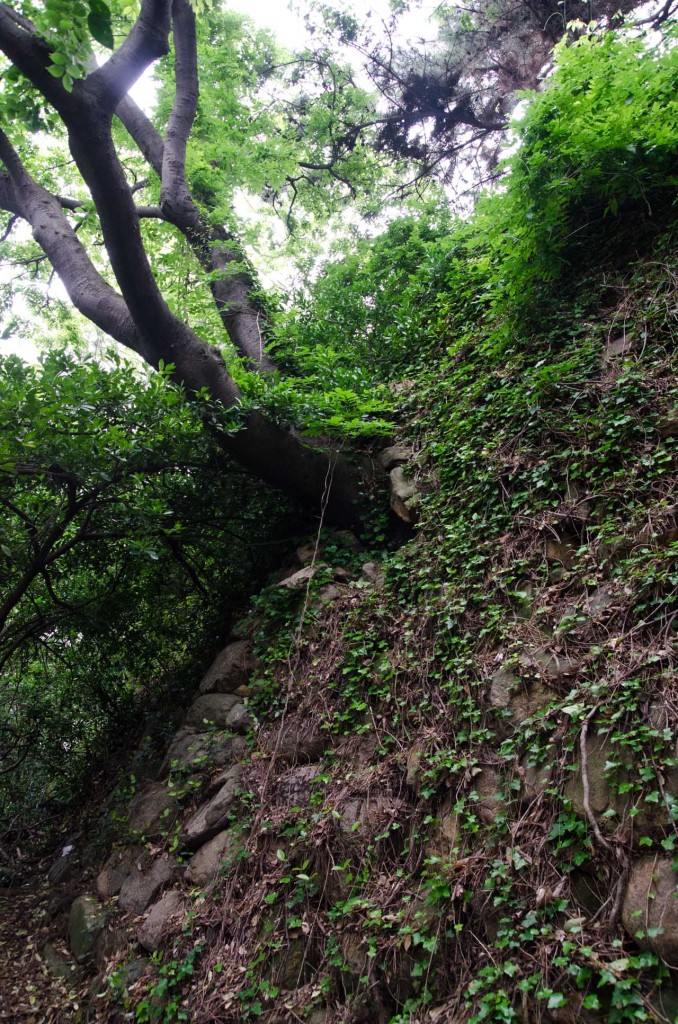
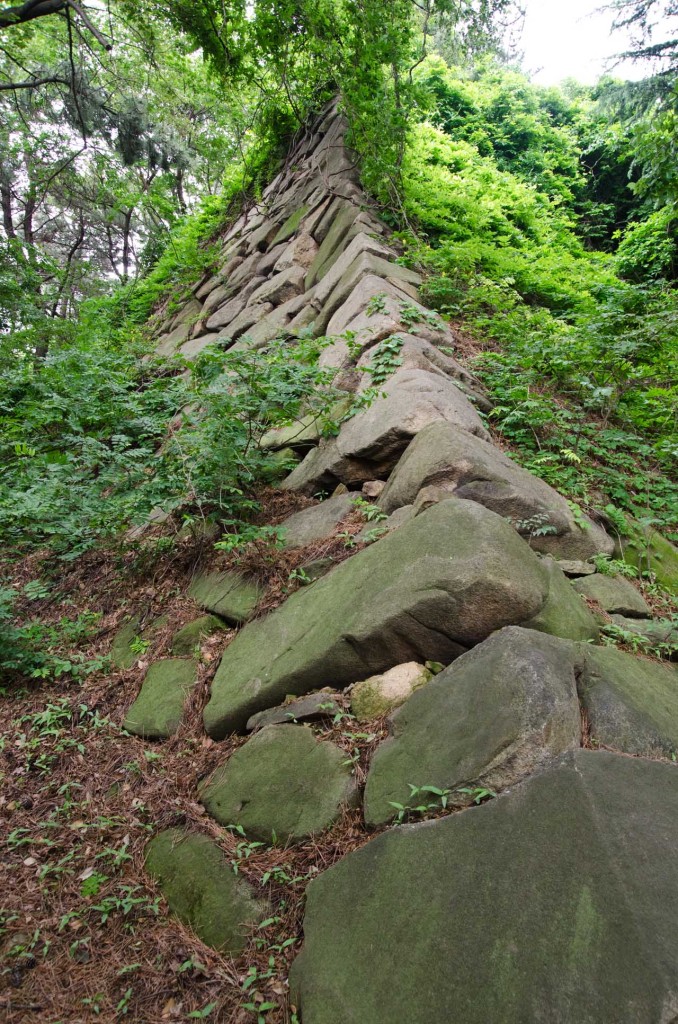
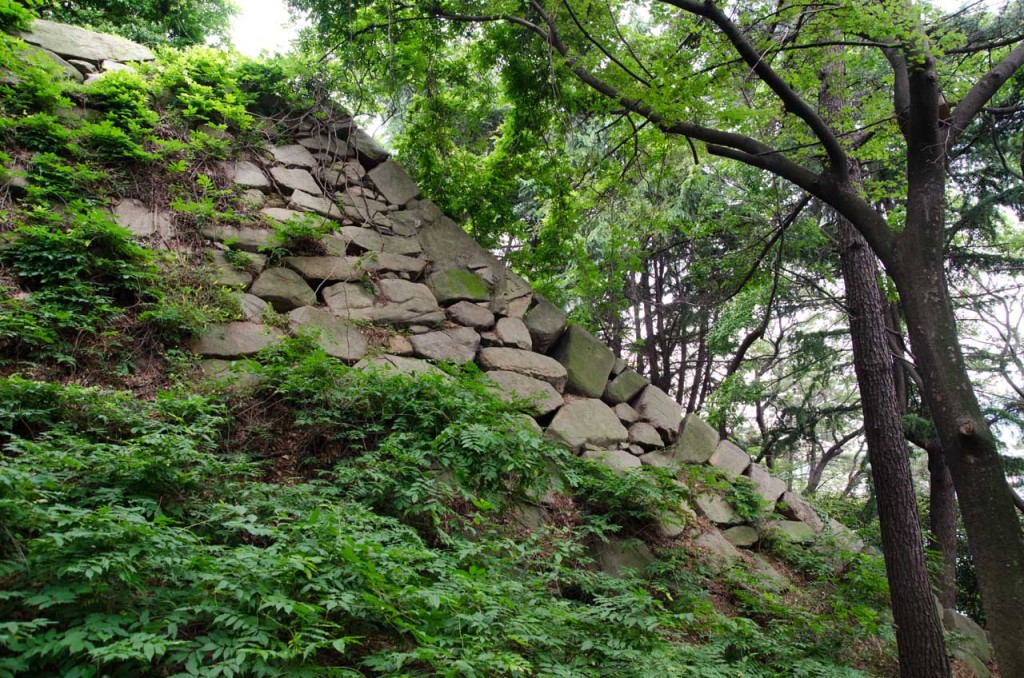
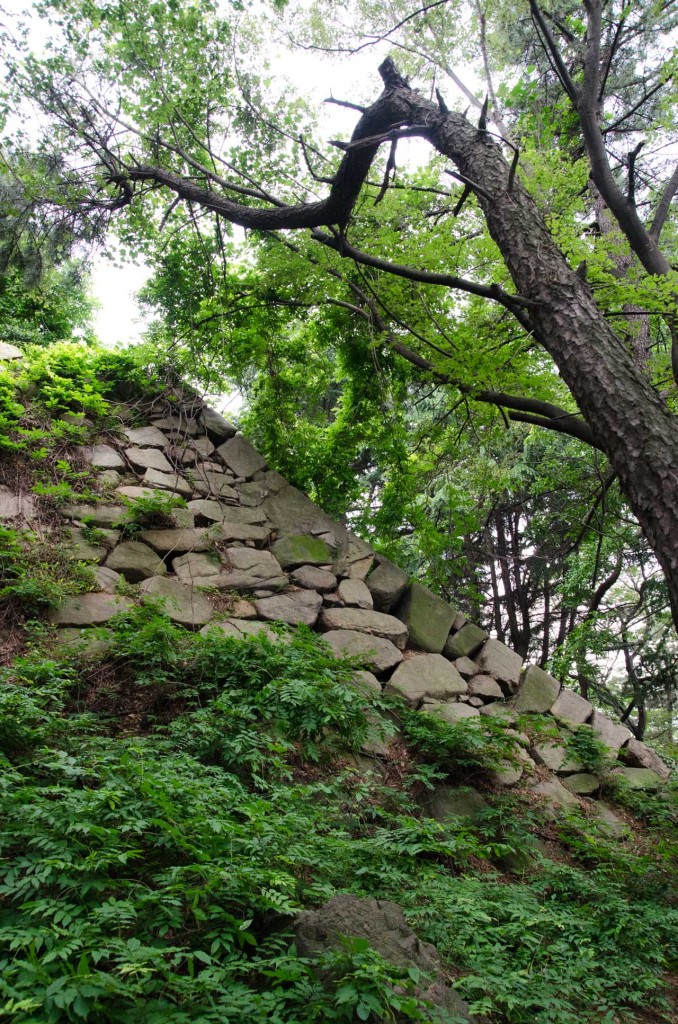 Jinjiseong at the top of the hill in the Korean style of contruction.
Jinjiseong at the top of the hill in the Korean style of contruction. 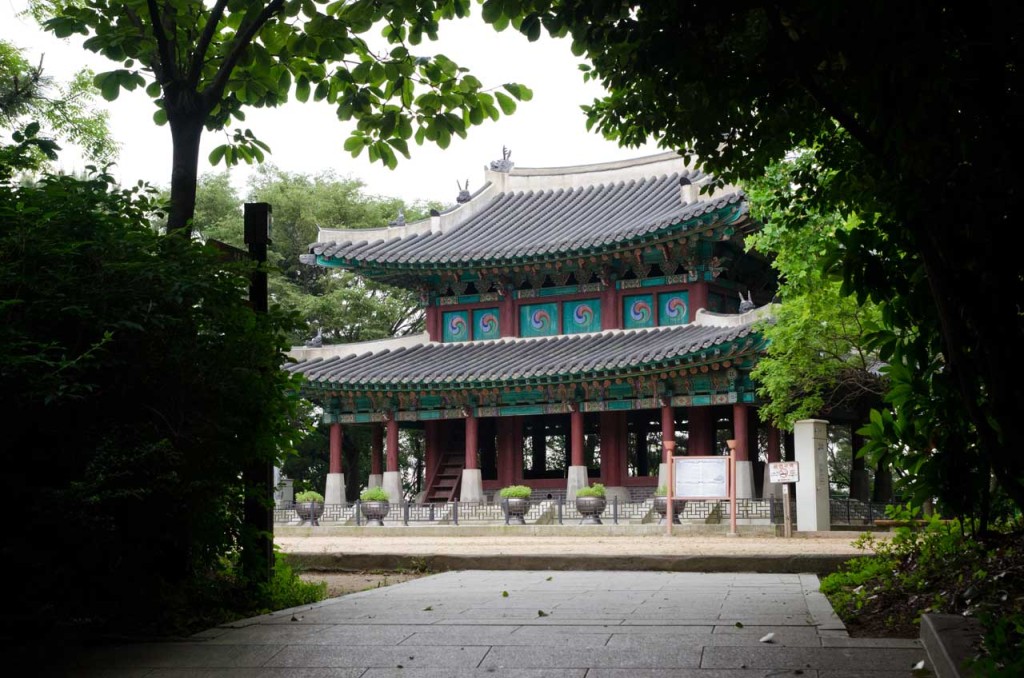
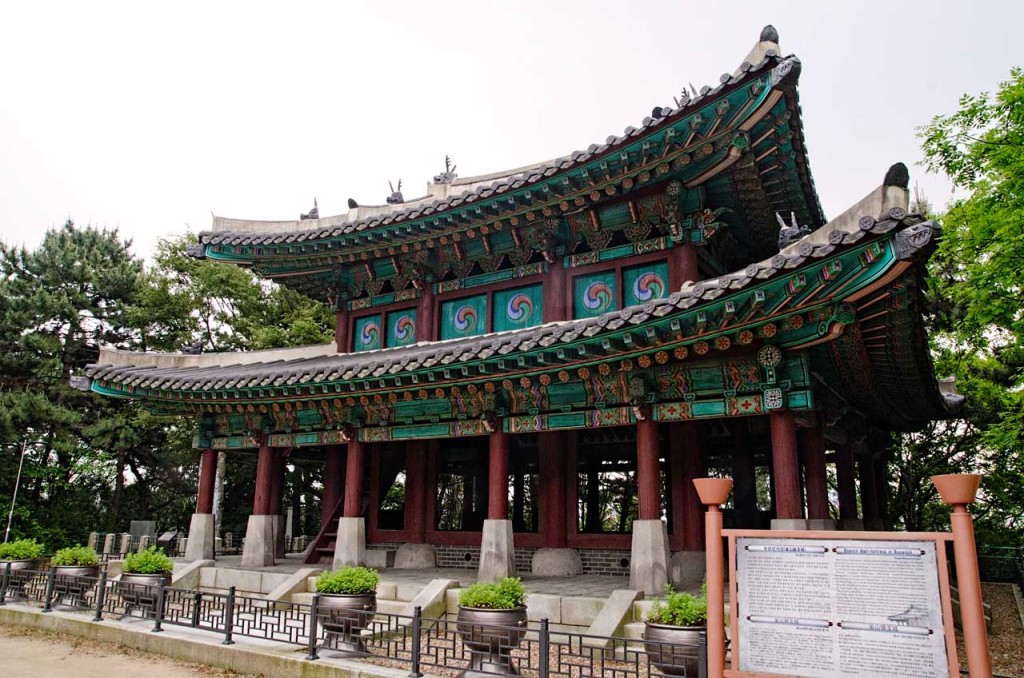
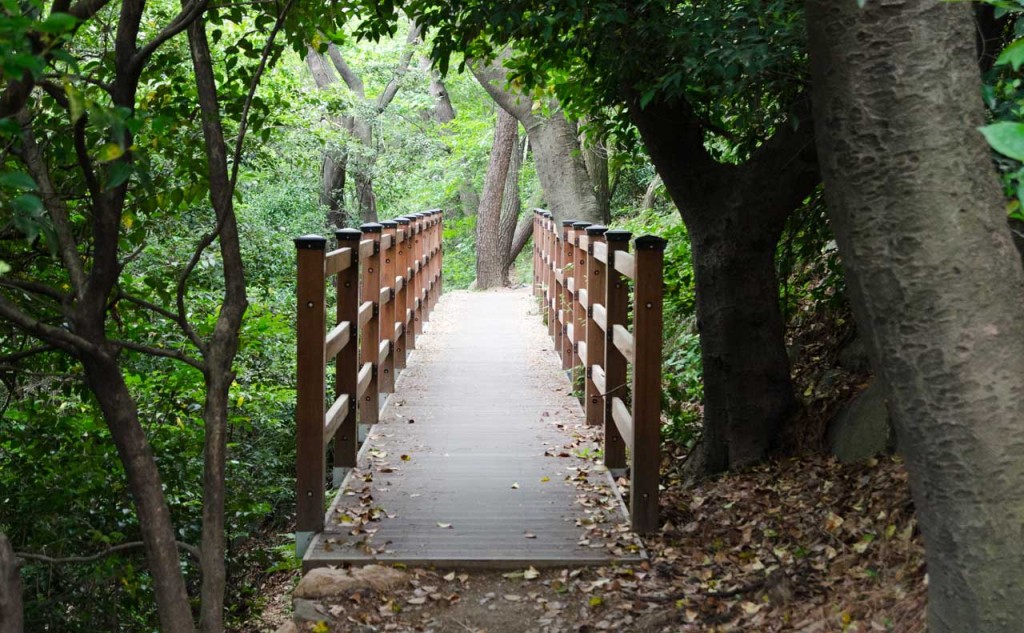
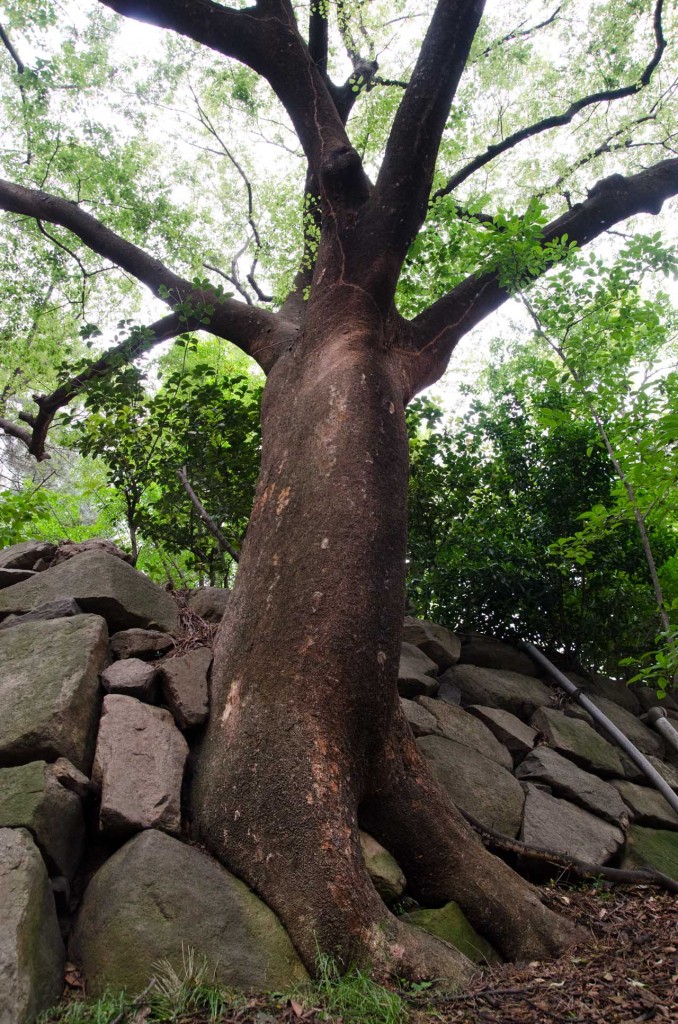
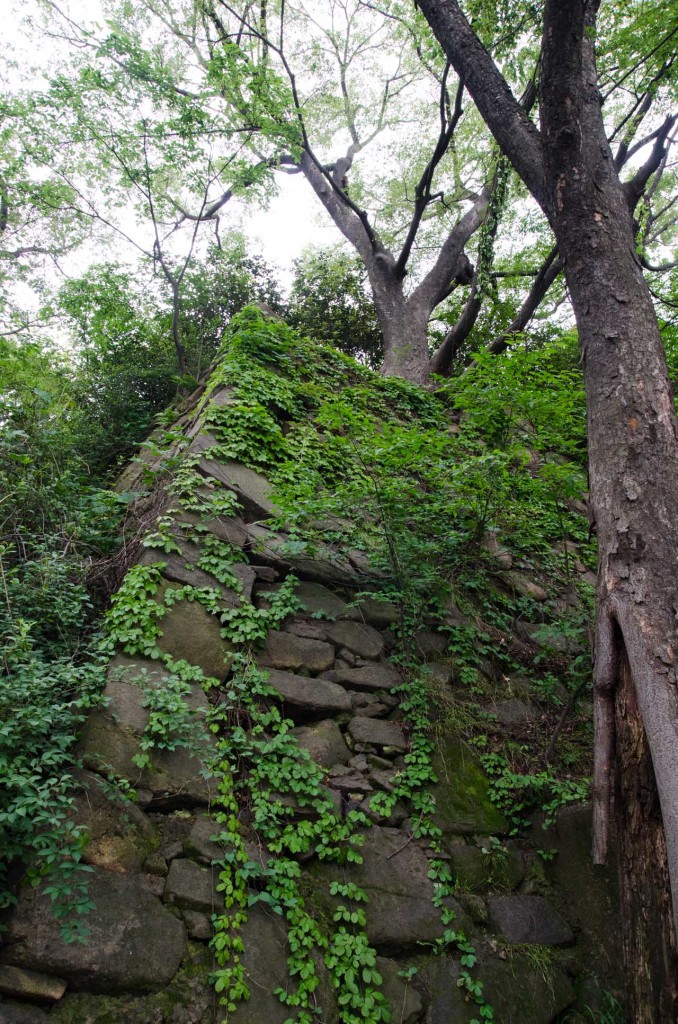
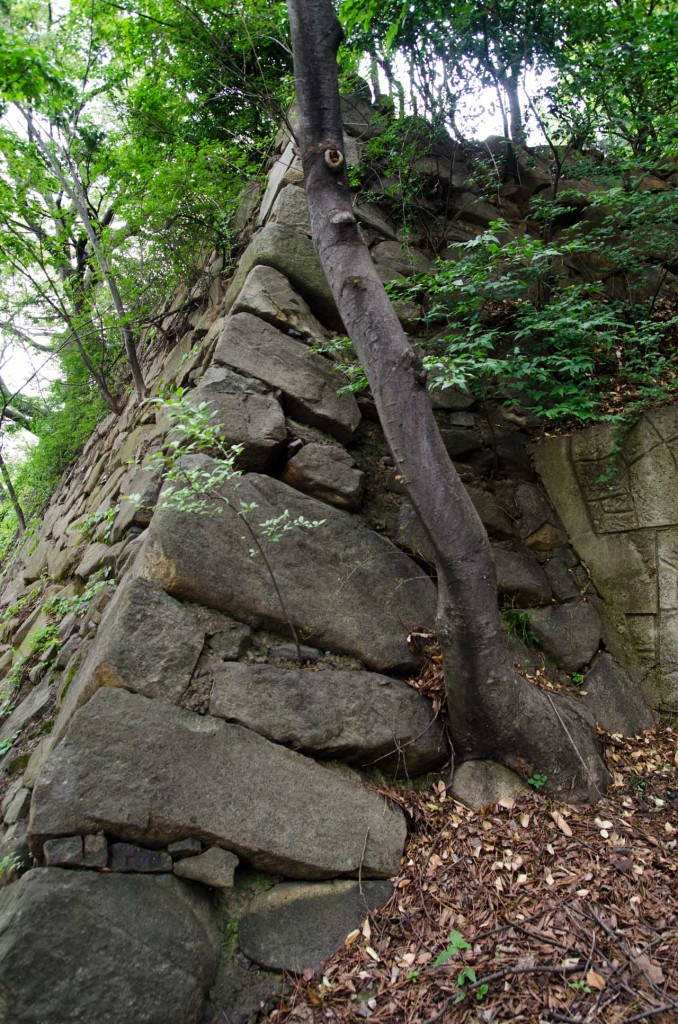
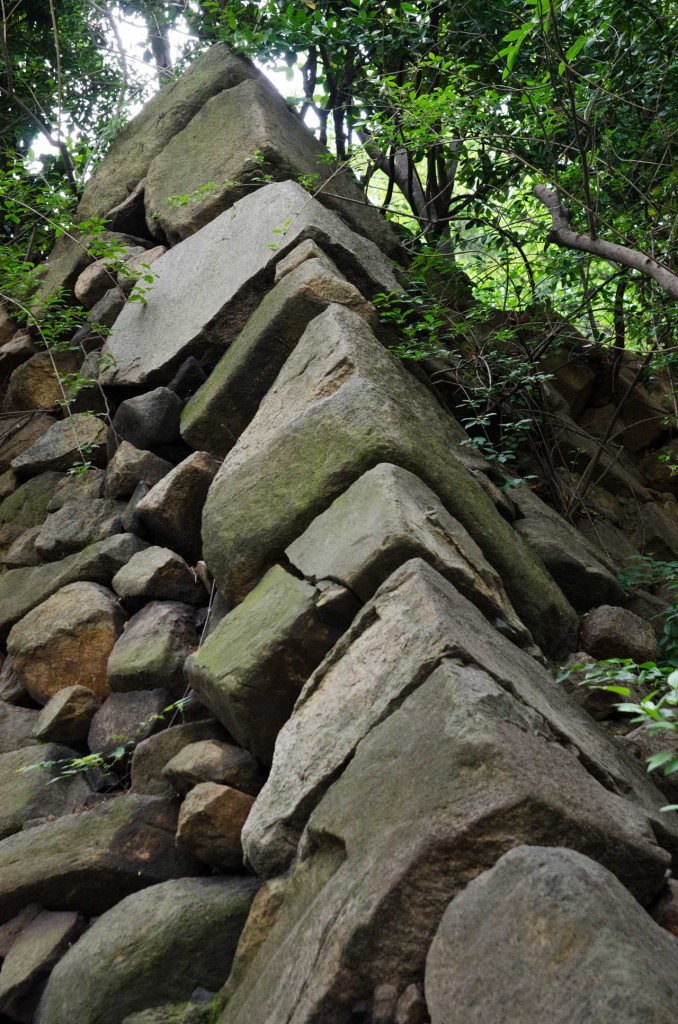
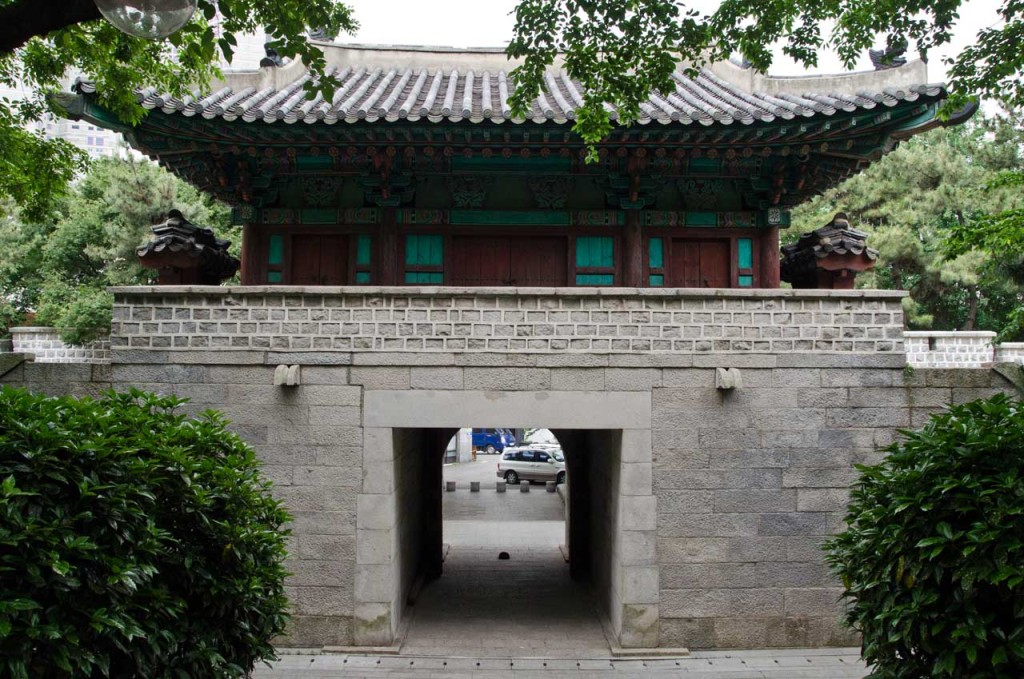 West Gate reconstruction (1974) in Korean style.
West Gate reconstruction (1974) in Korean style.